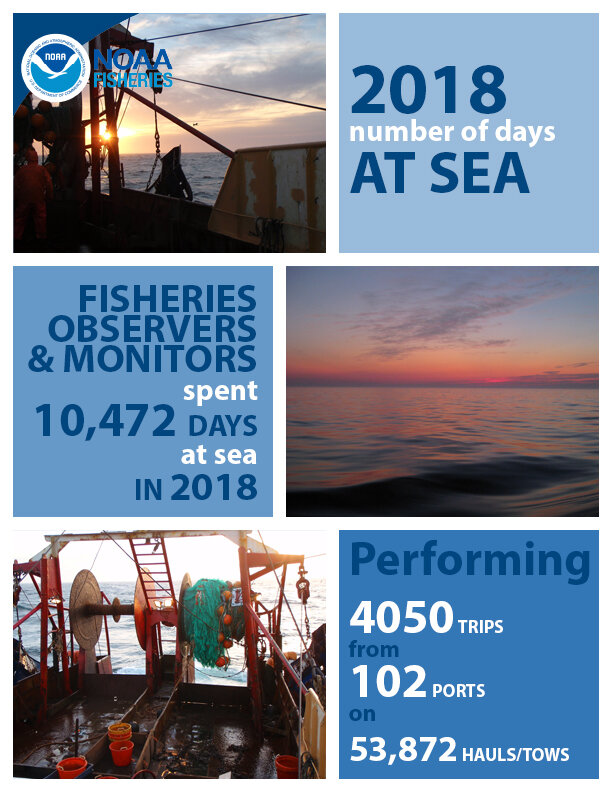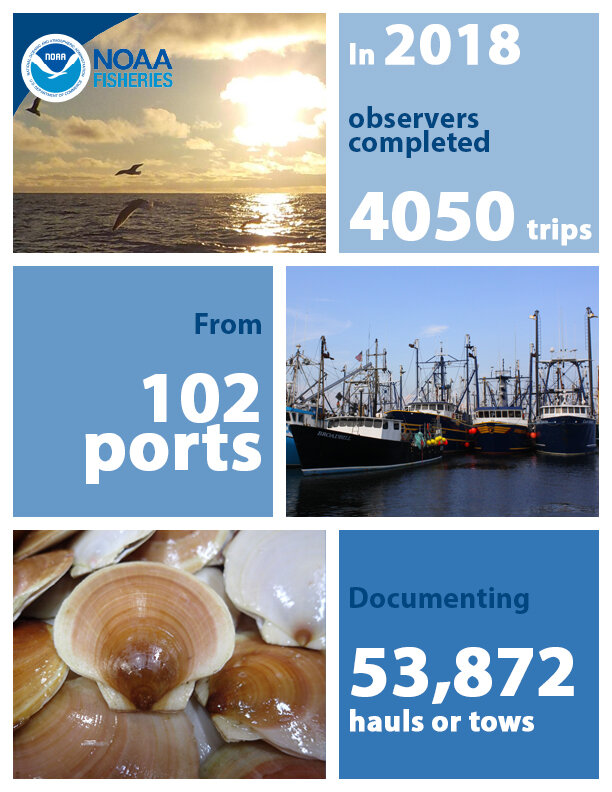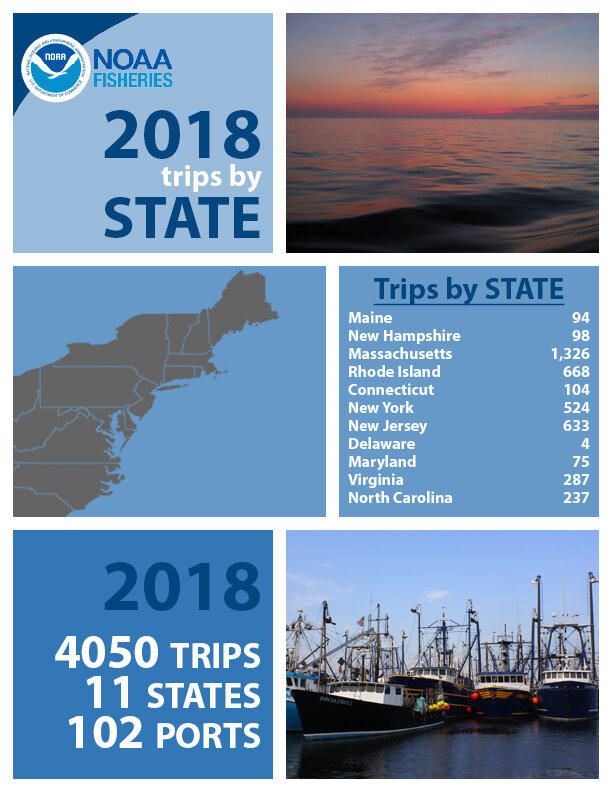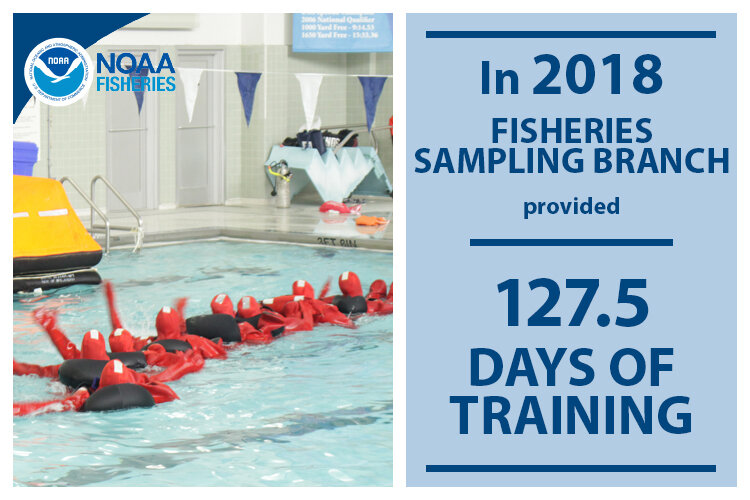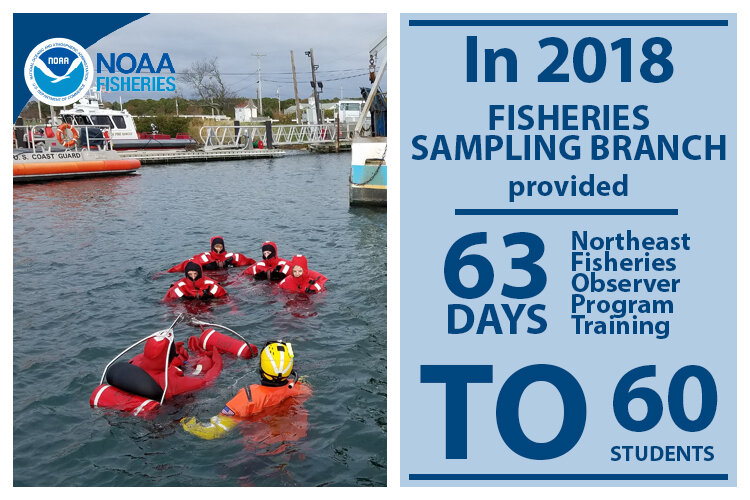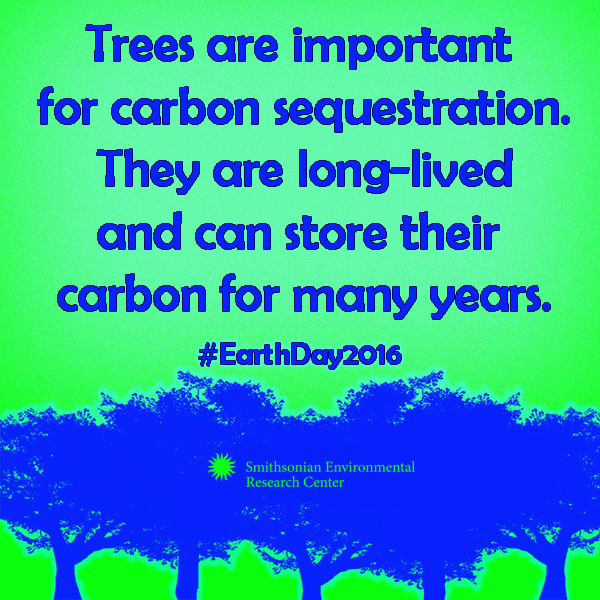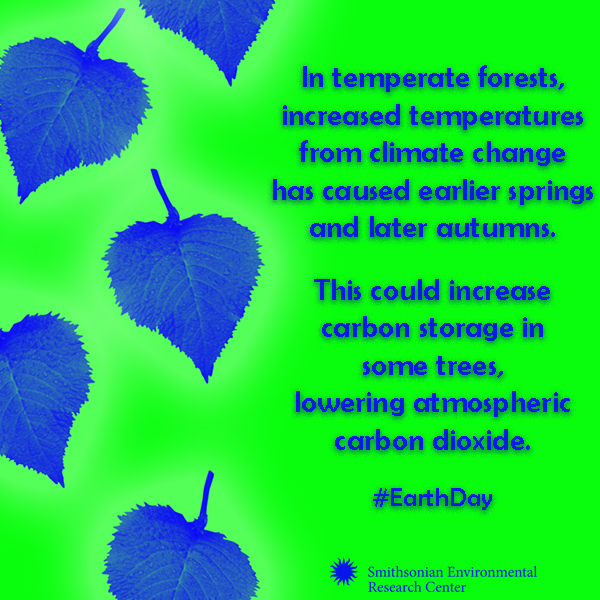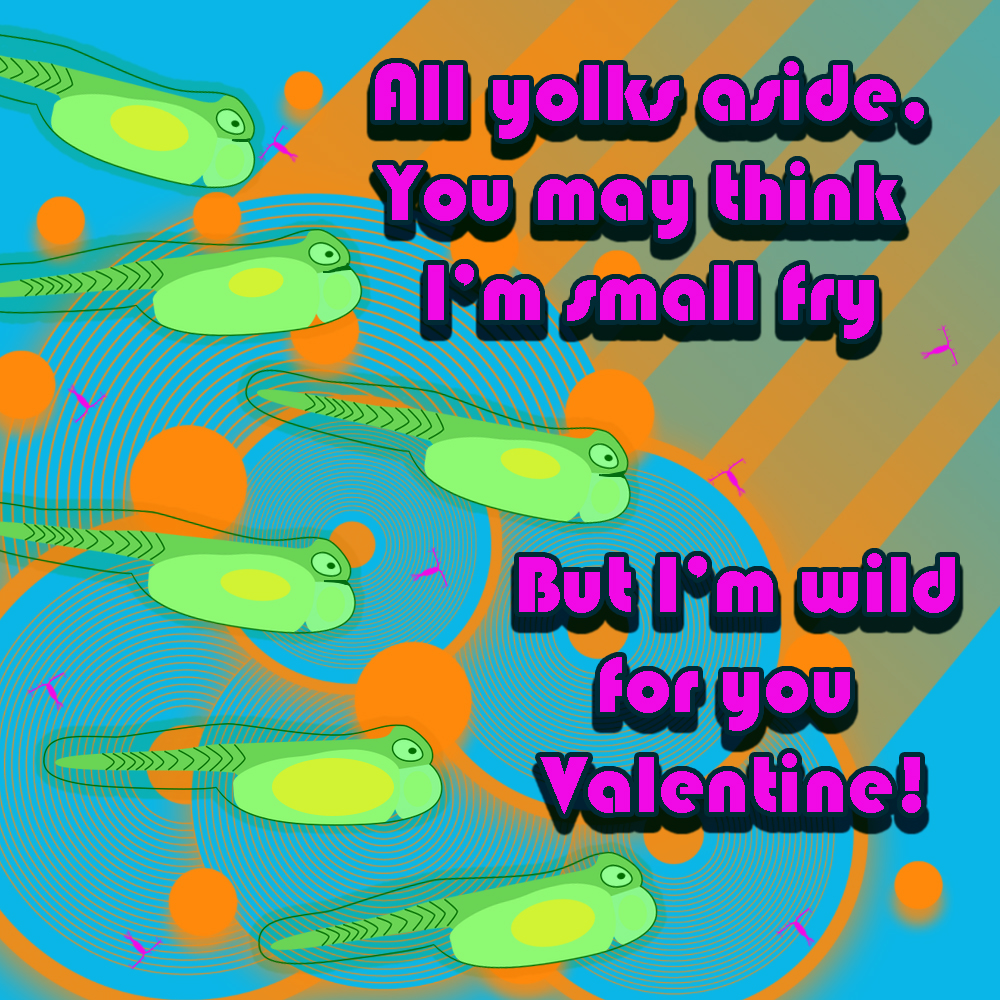Examples of Graphics and Infographics.
Some include links to associated online content.
2019 Fisheries Observer Program Social Media Campaign Infographics
2018 International Council for the Exploration of the Sea (ICES)
Annual Science Meeting
Accompanied social media to promote Northeast Fisheries Science Center
talks and ePosters
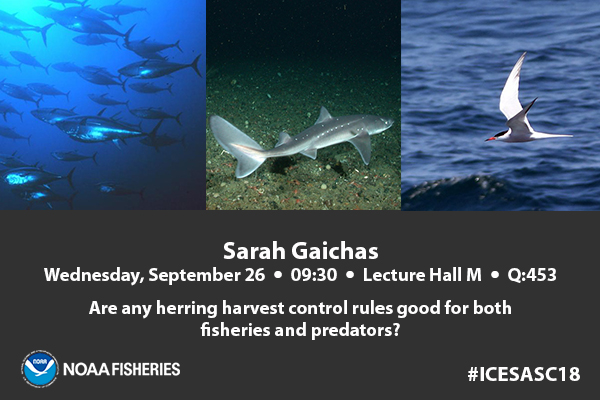
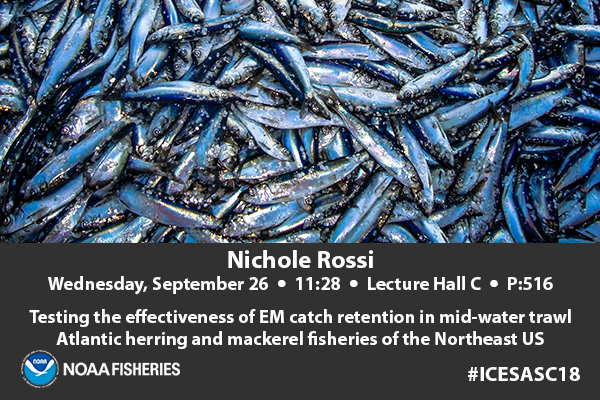
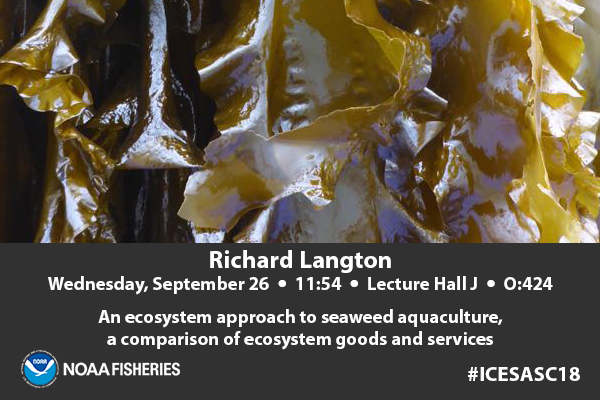
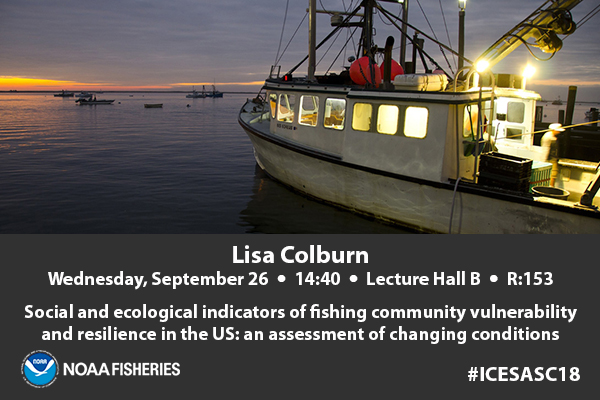
2018 National #EstuariesWeek
Accompanied social media promoting estuaries. Scientists at the Northeast Fisheries Science Center were asked to submit quotes about estuaries and the importance of estuaries.
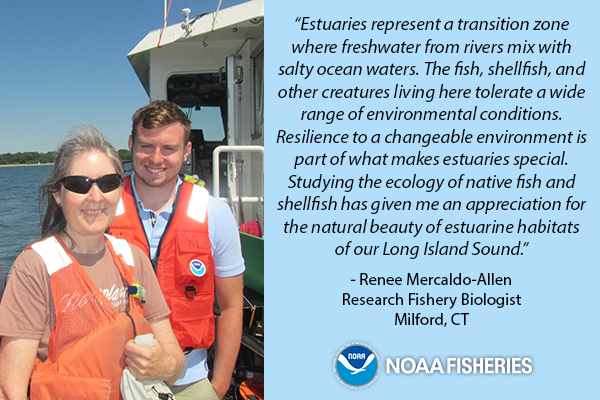
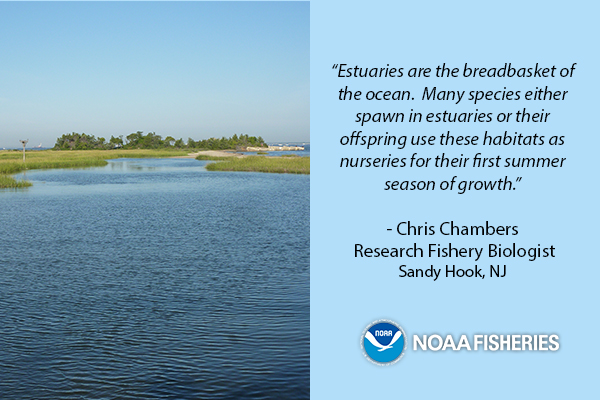
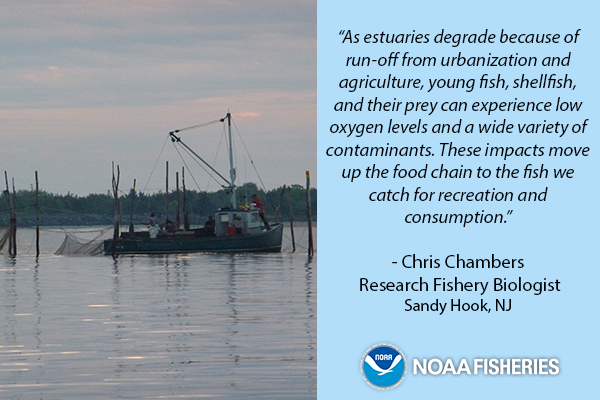
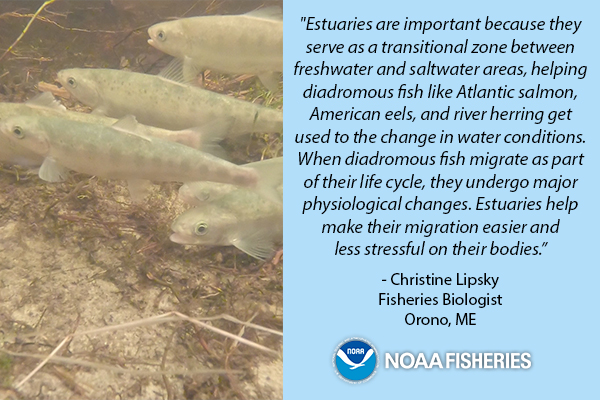
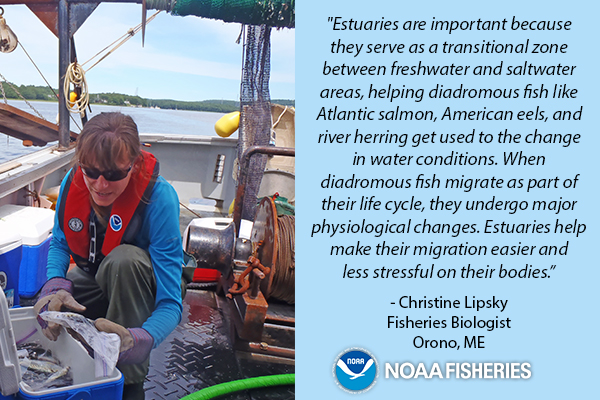
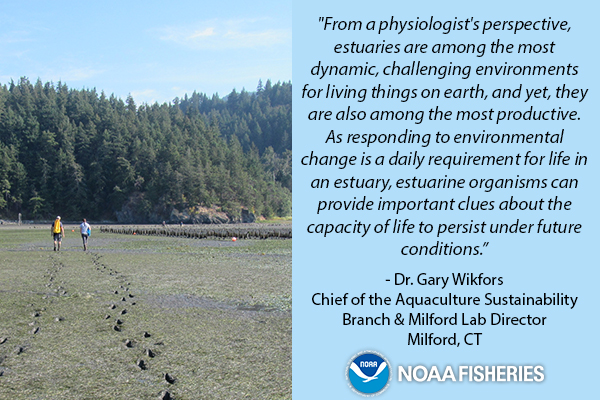
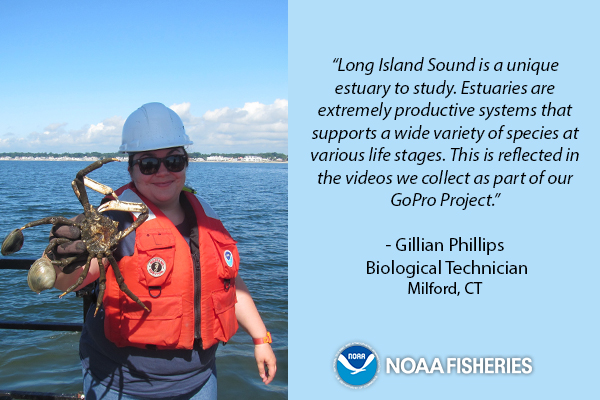
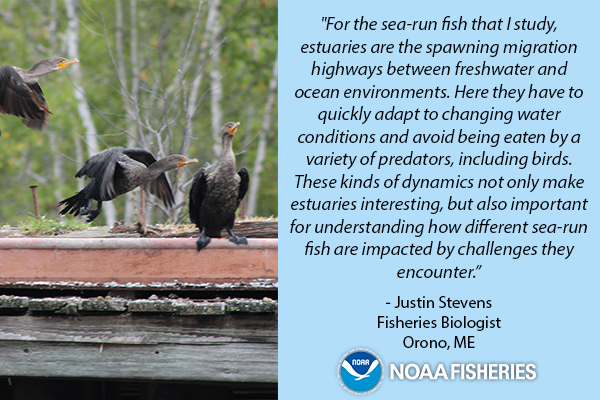
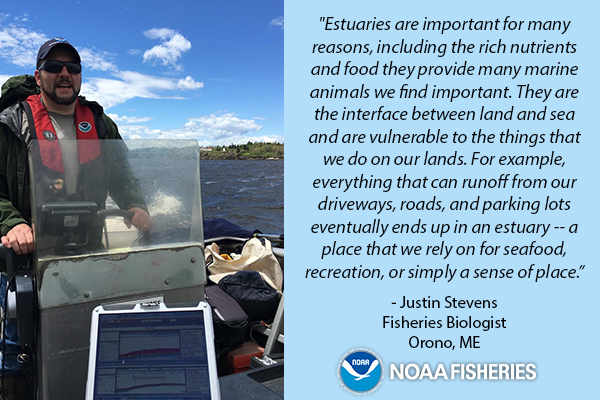
2018 #WorldFishMigrationDay Graphics
Accompanied social media used to promote this feature about migratory fish.
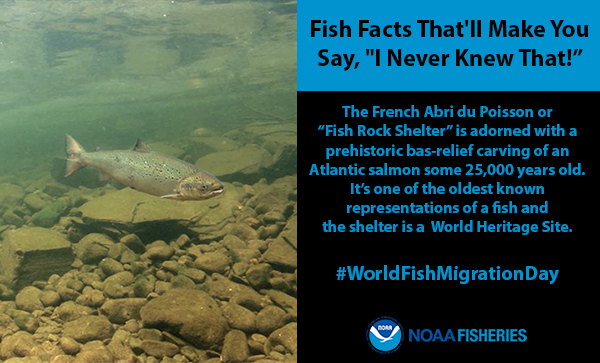
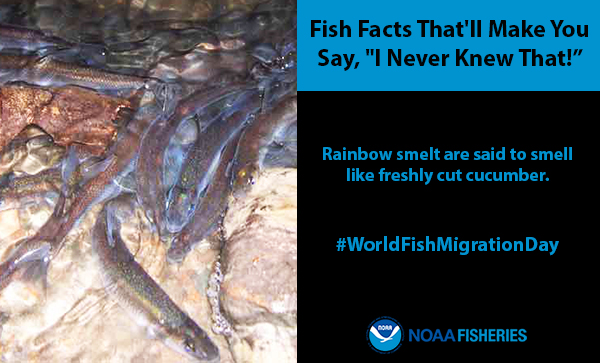
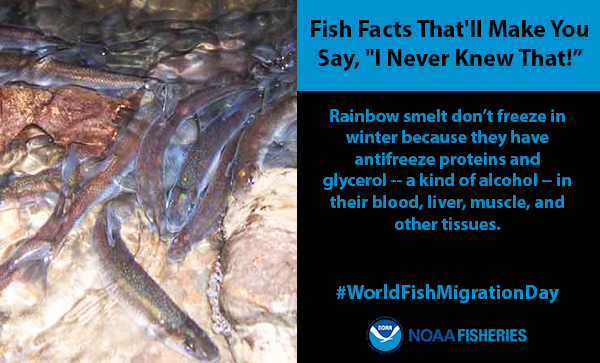
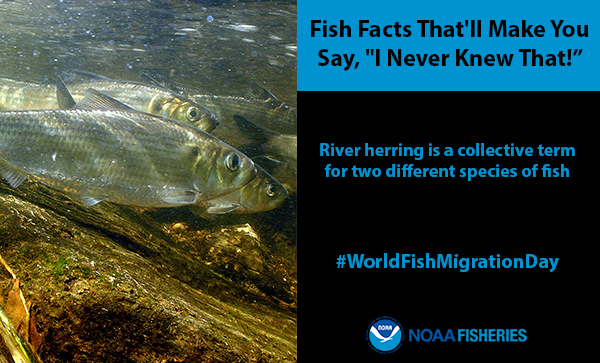
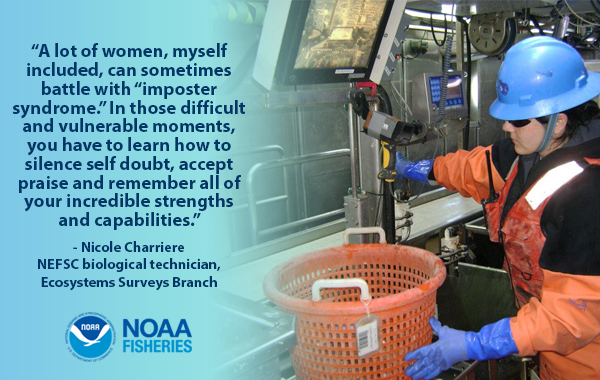

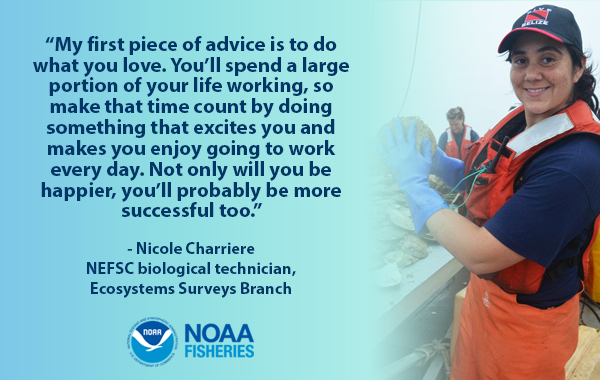
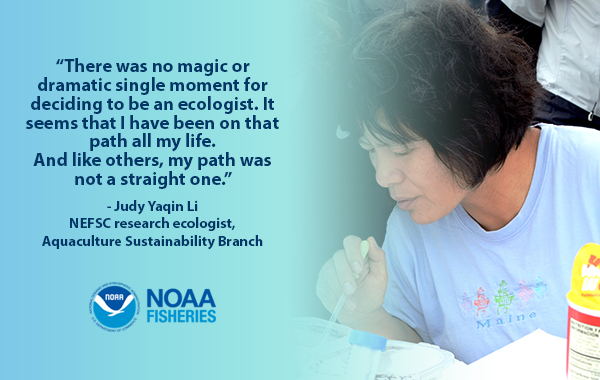
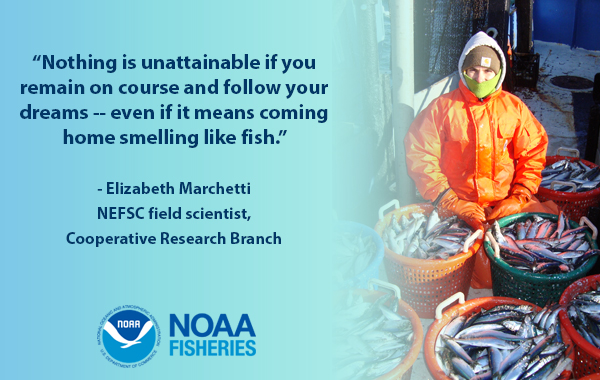
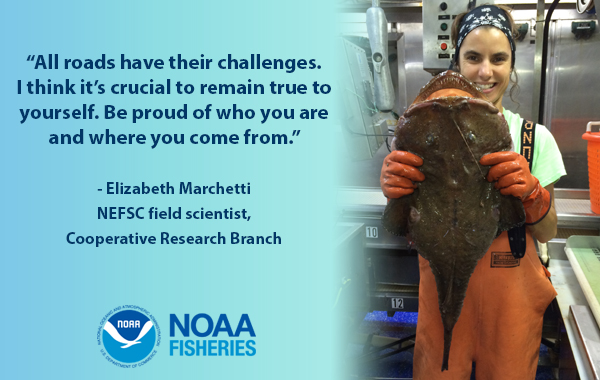
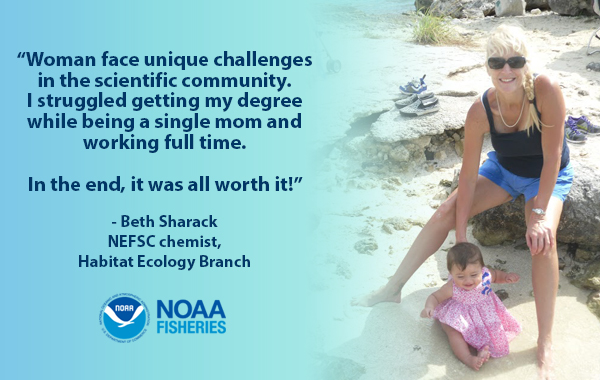
2017 - 2018 Science Seminar Announcement Graphics
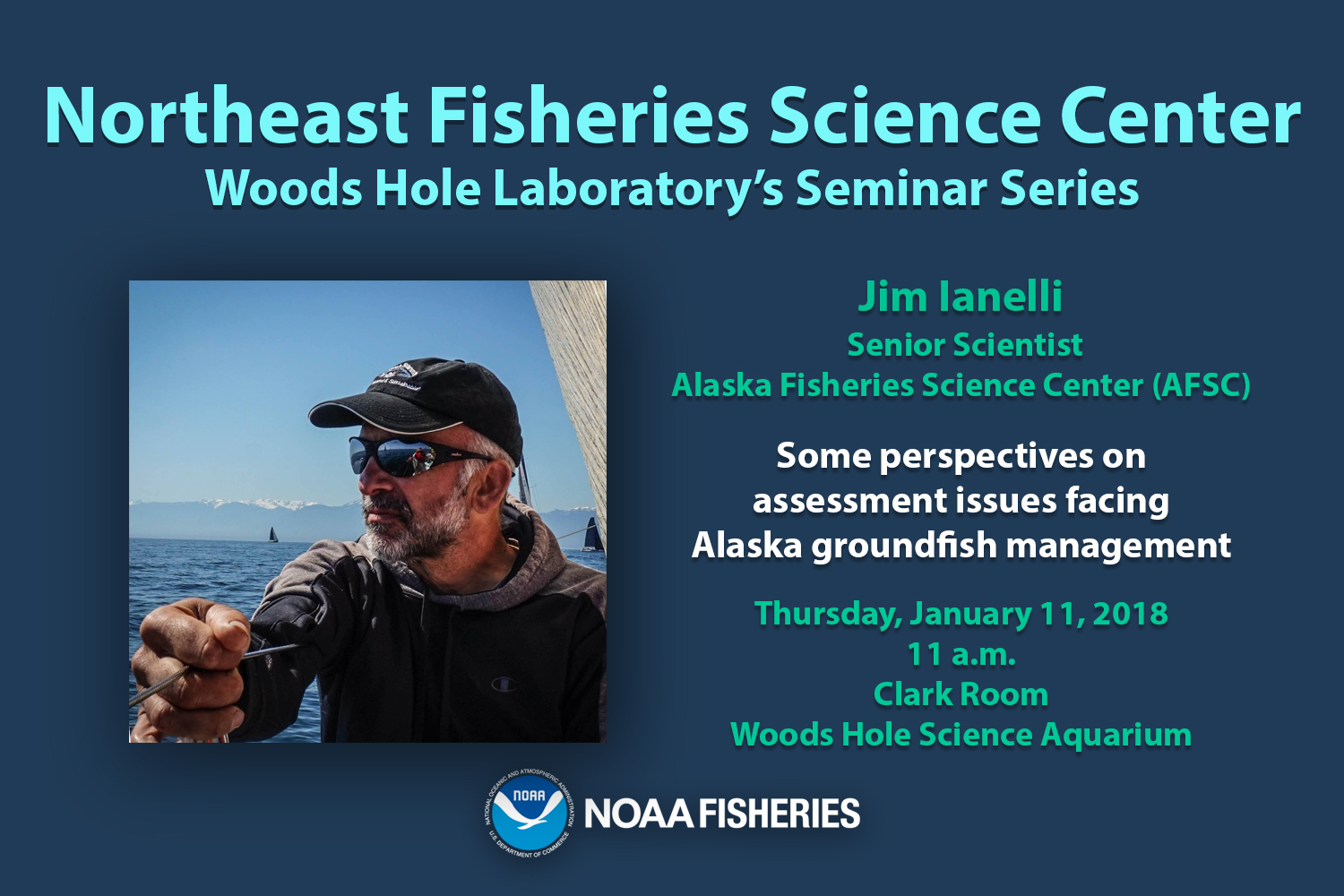
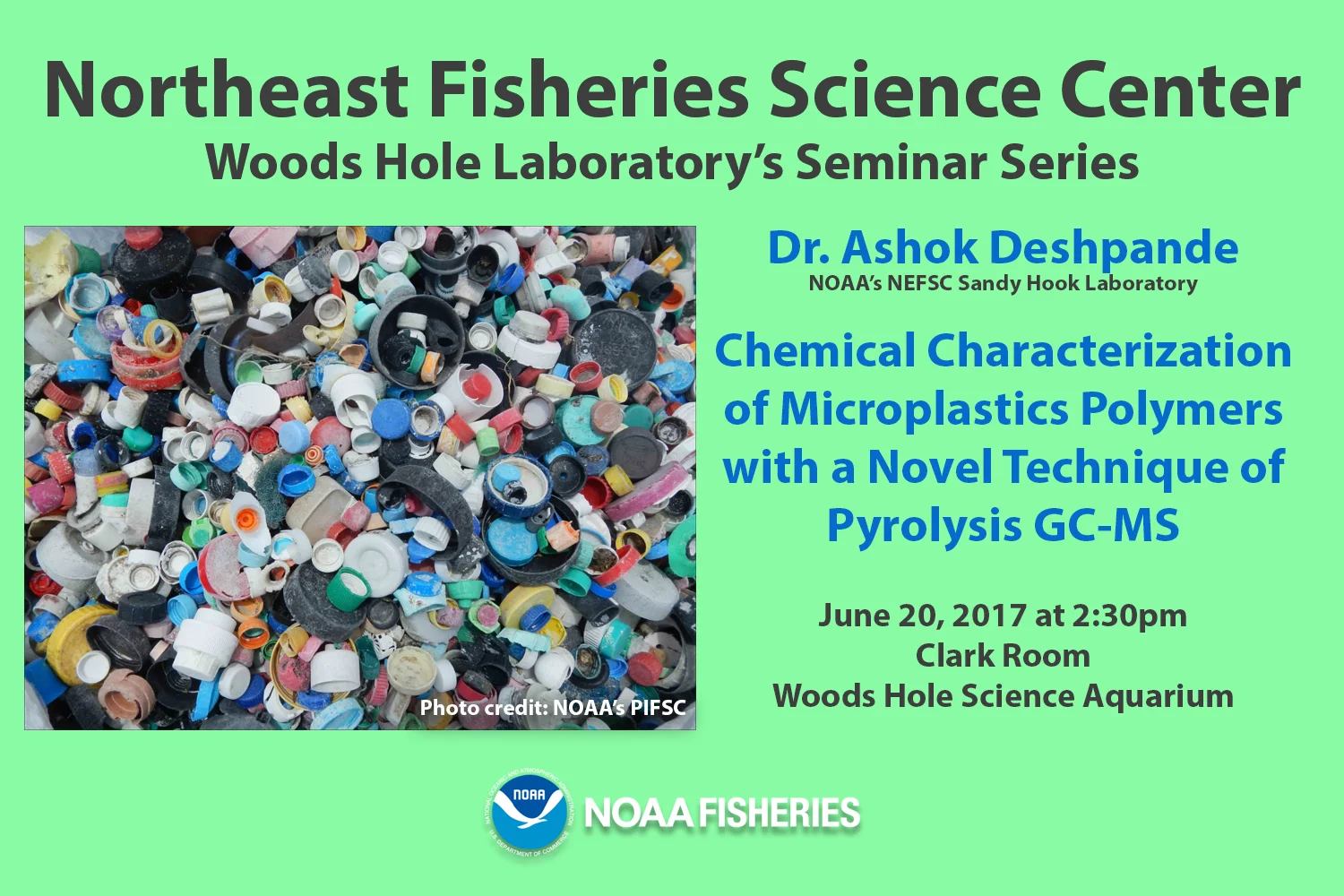
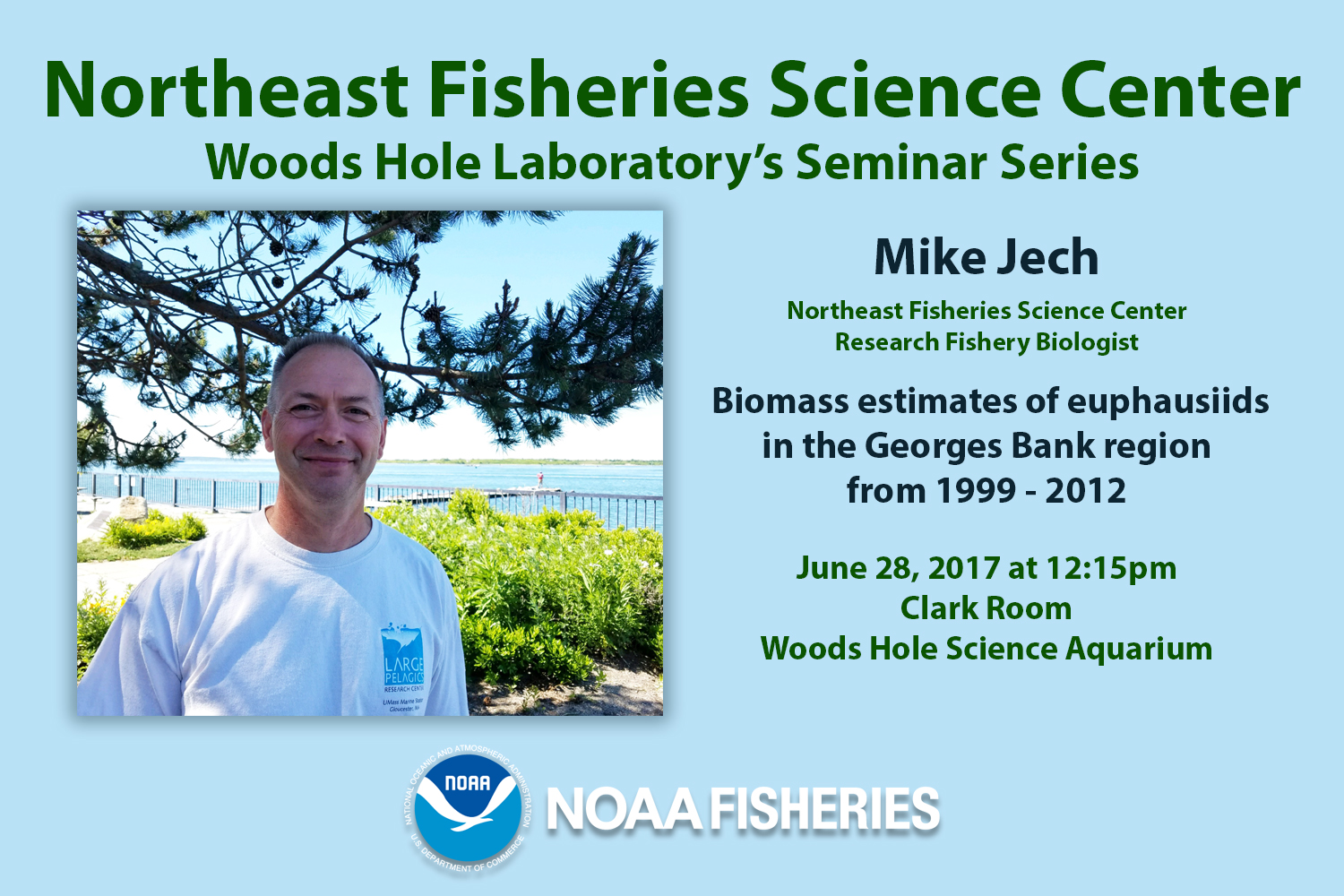
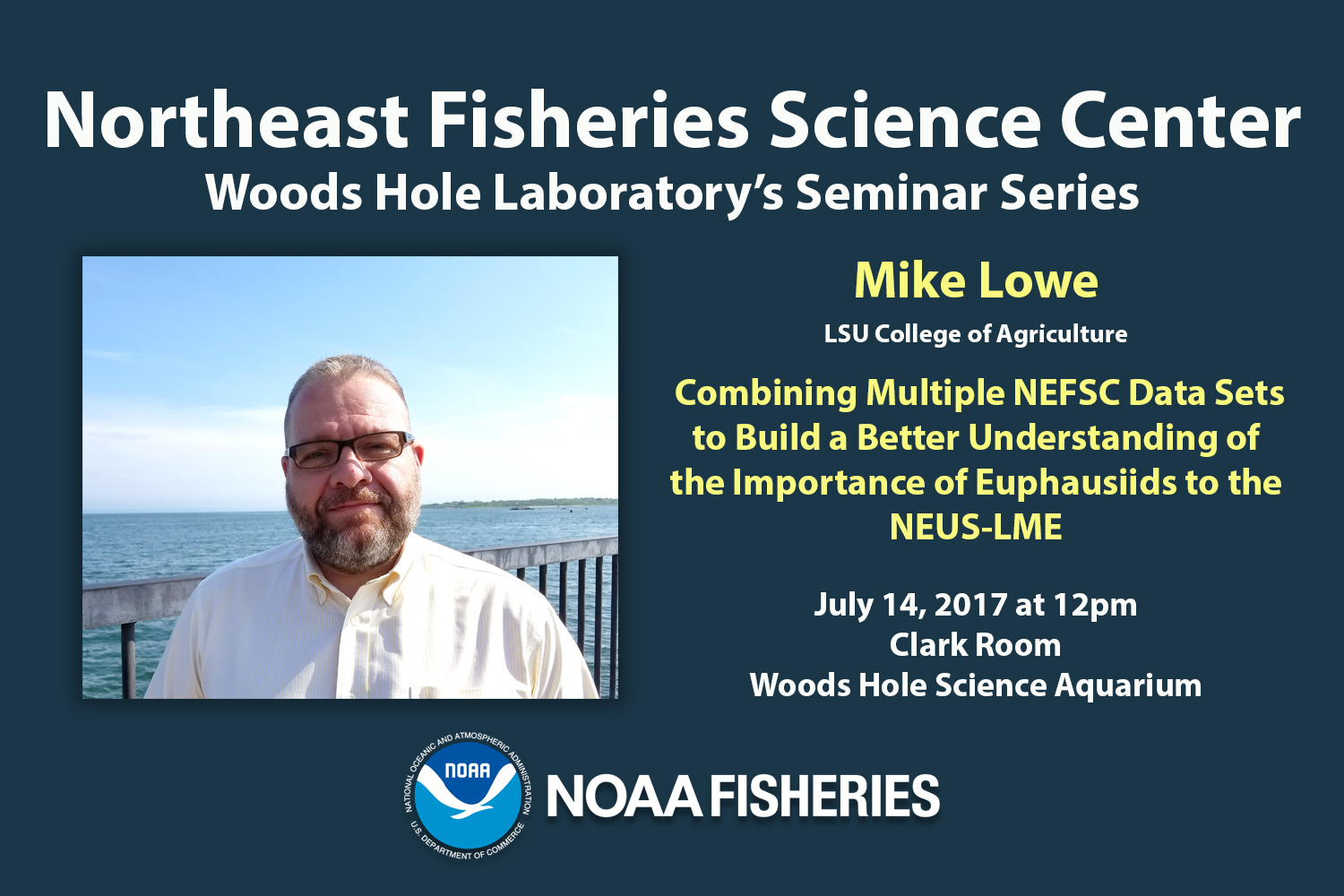
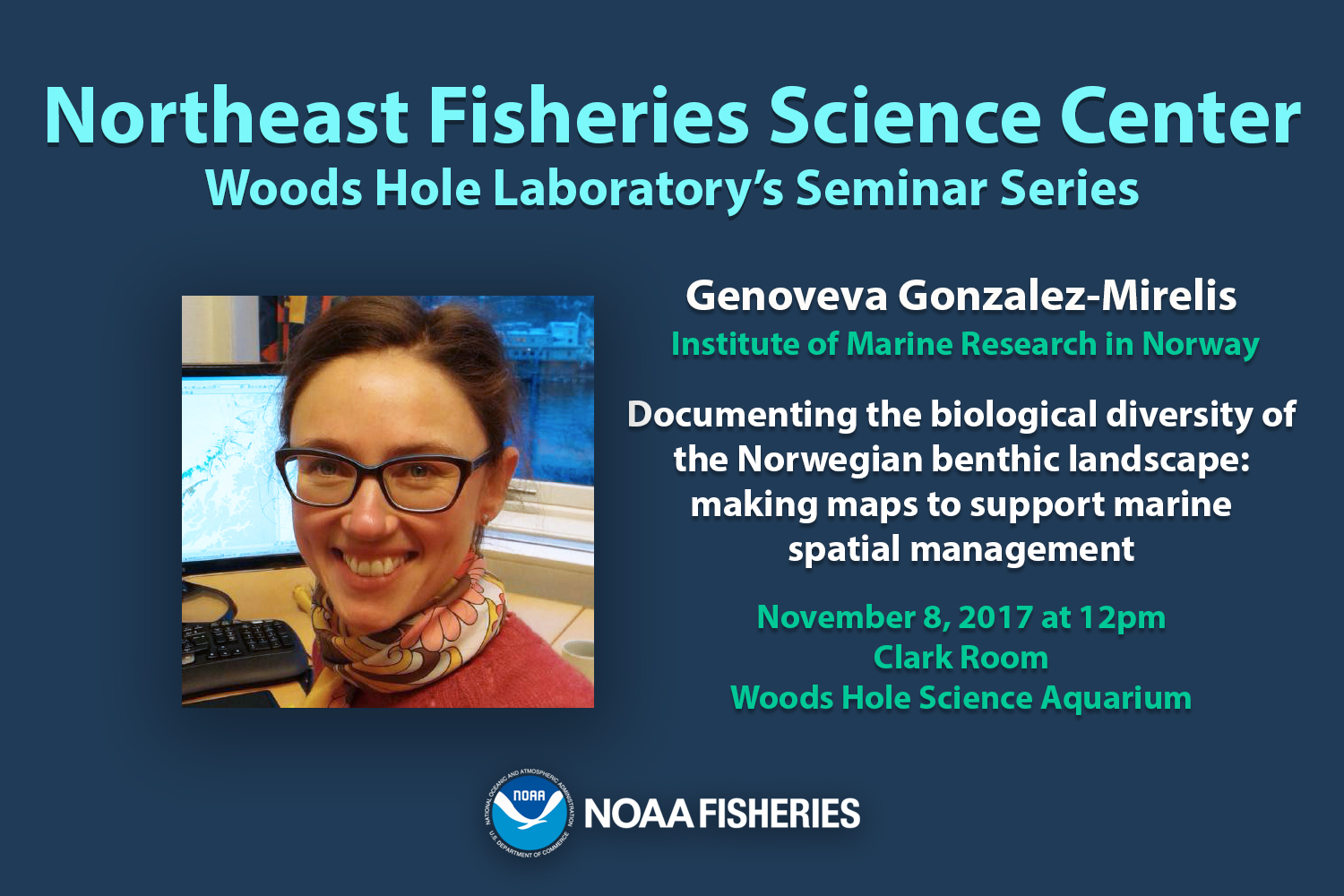
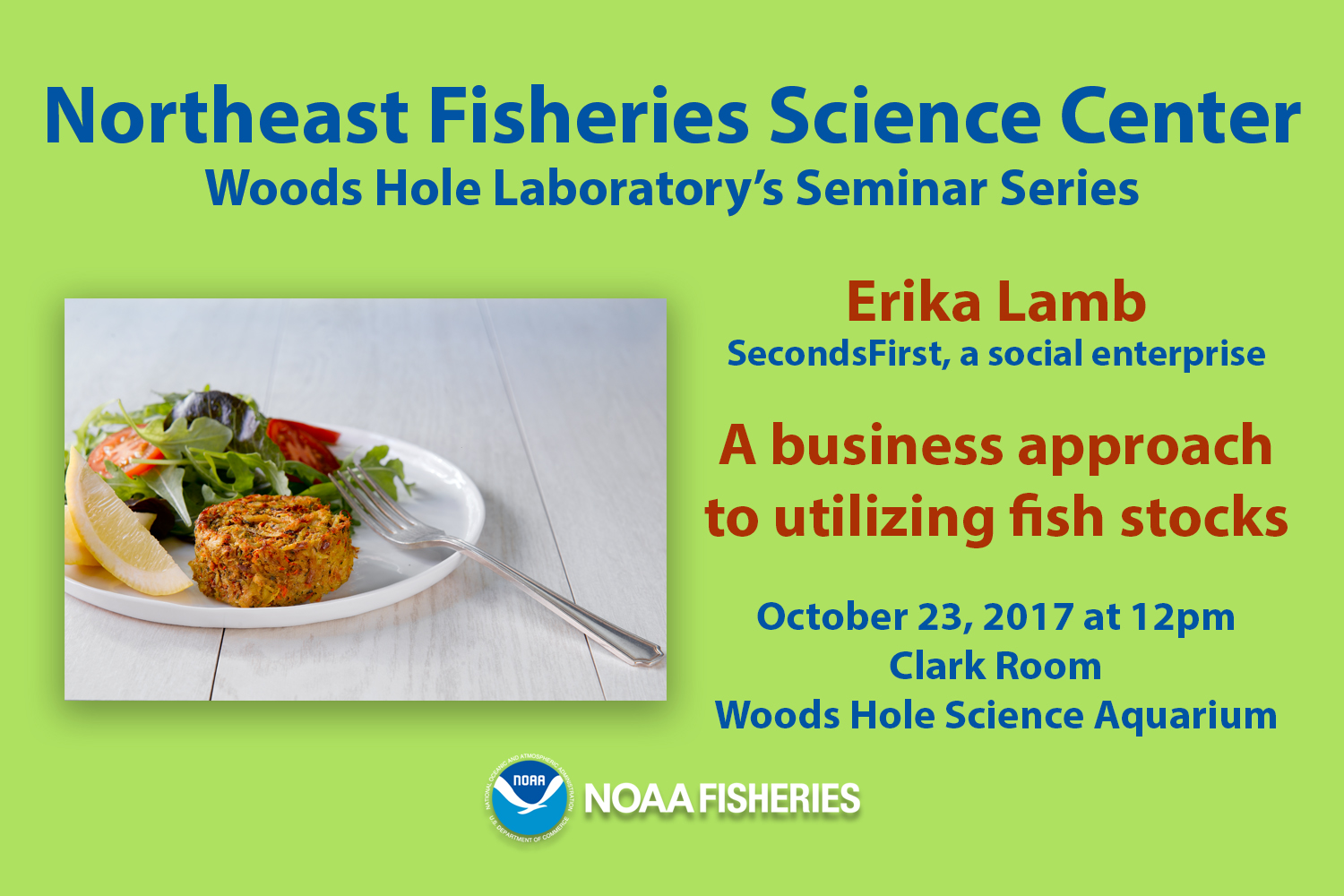
Fisheries of the U.S. Infographics Highlighting New England Fisheries Graphics
Uses NOAA's 2016 Fisheries of the United States annual report data.
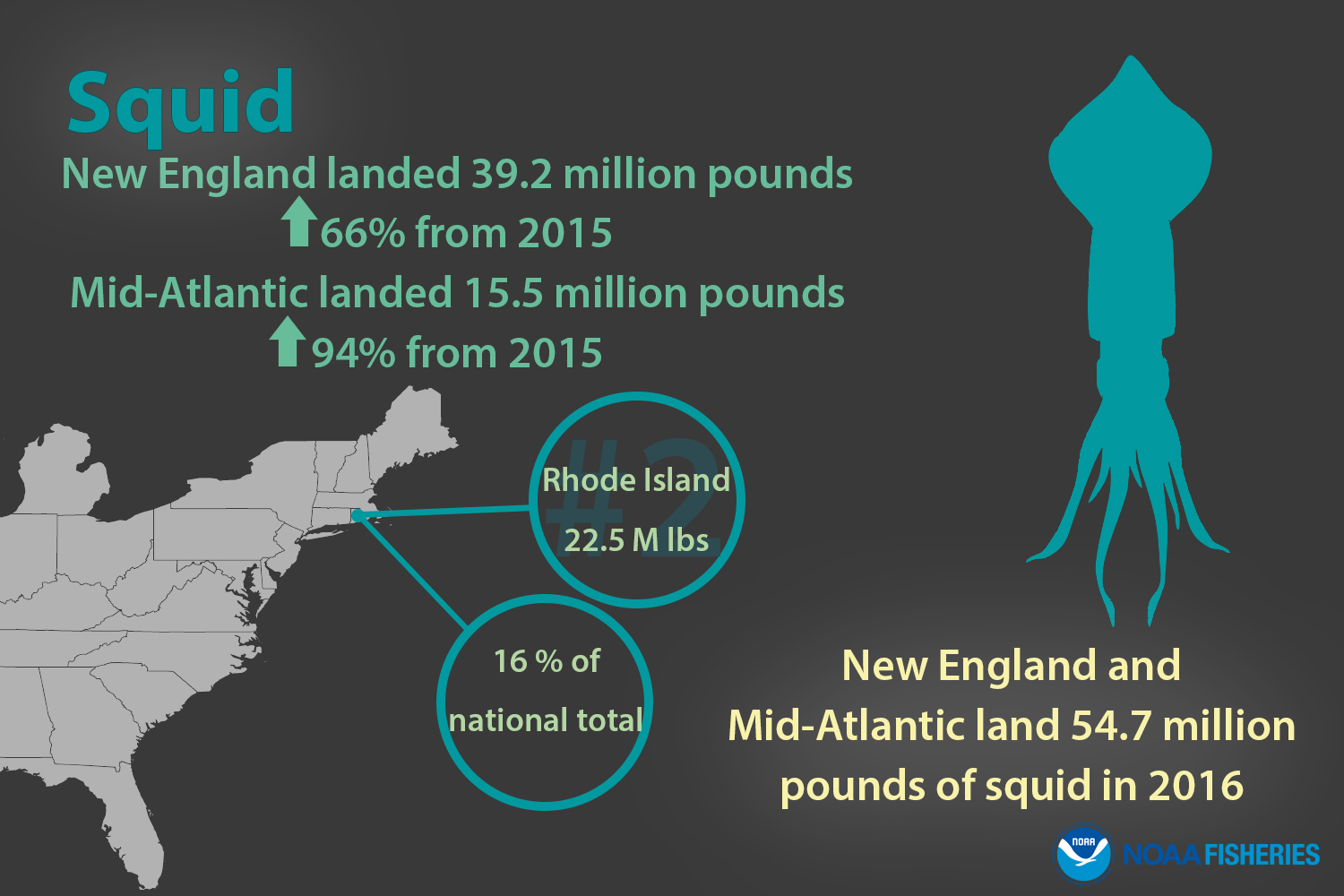
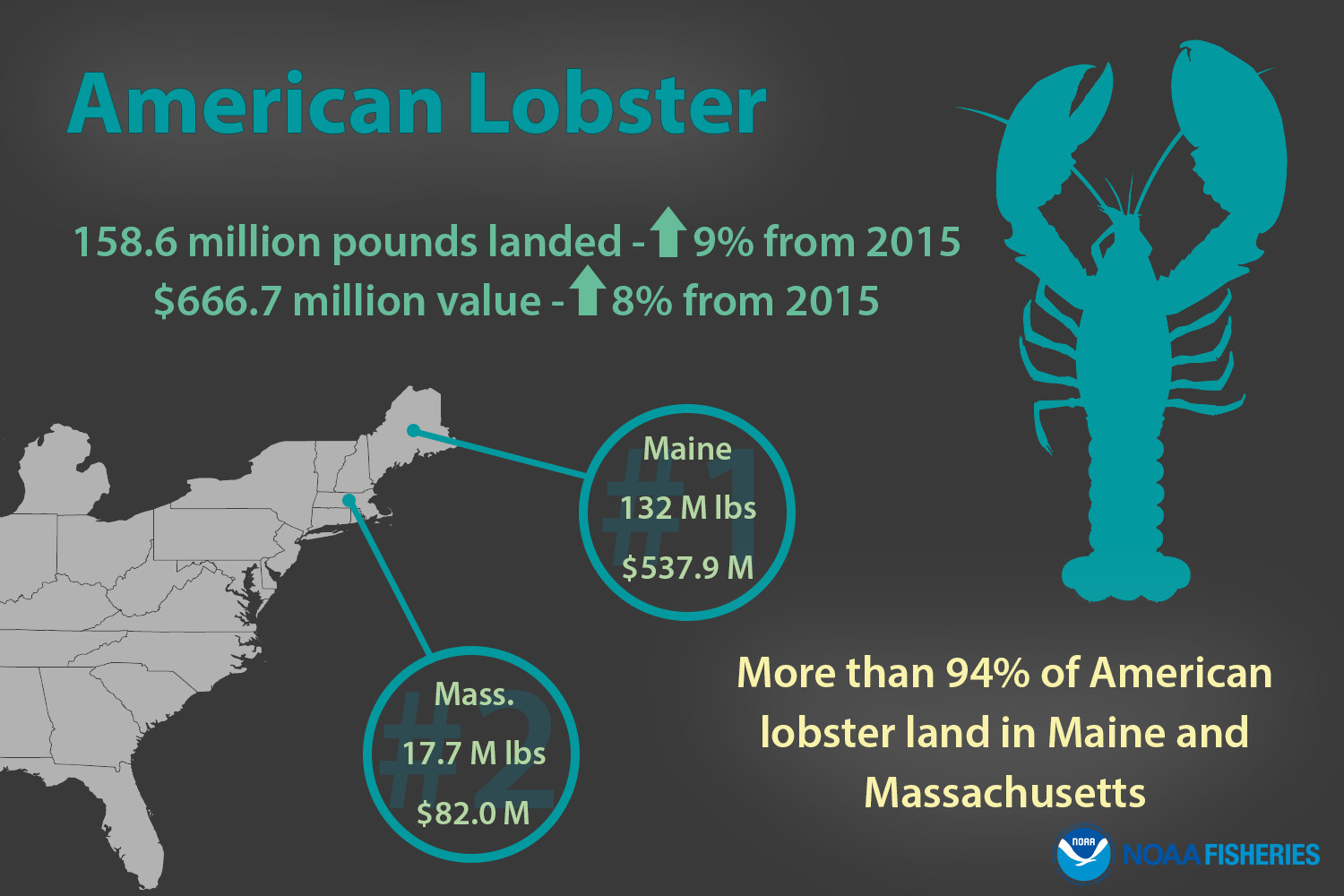
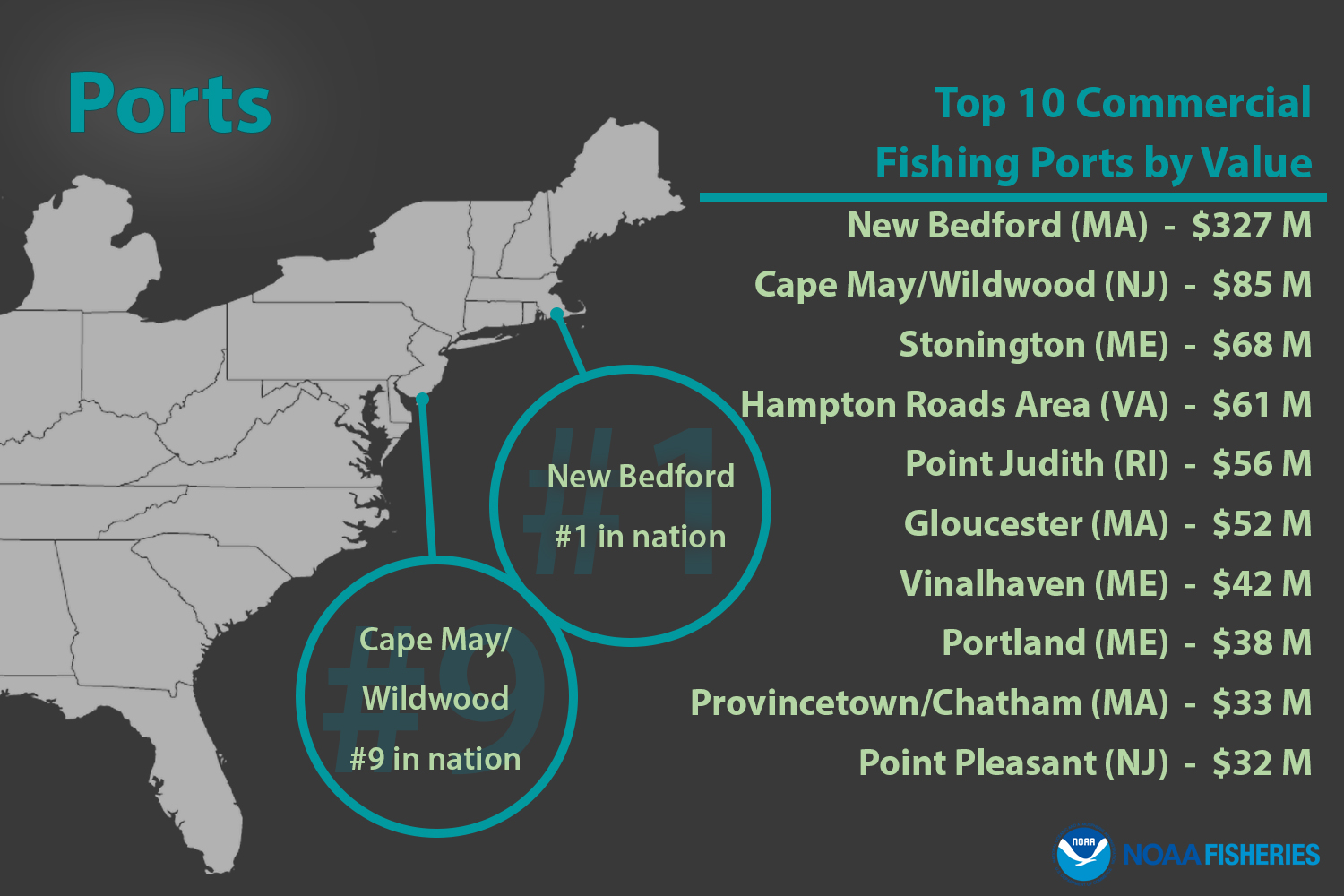
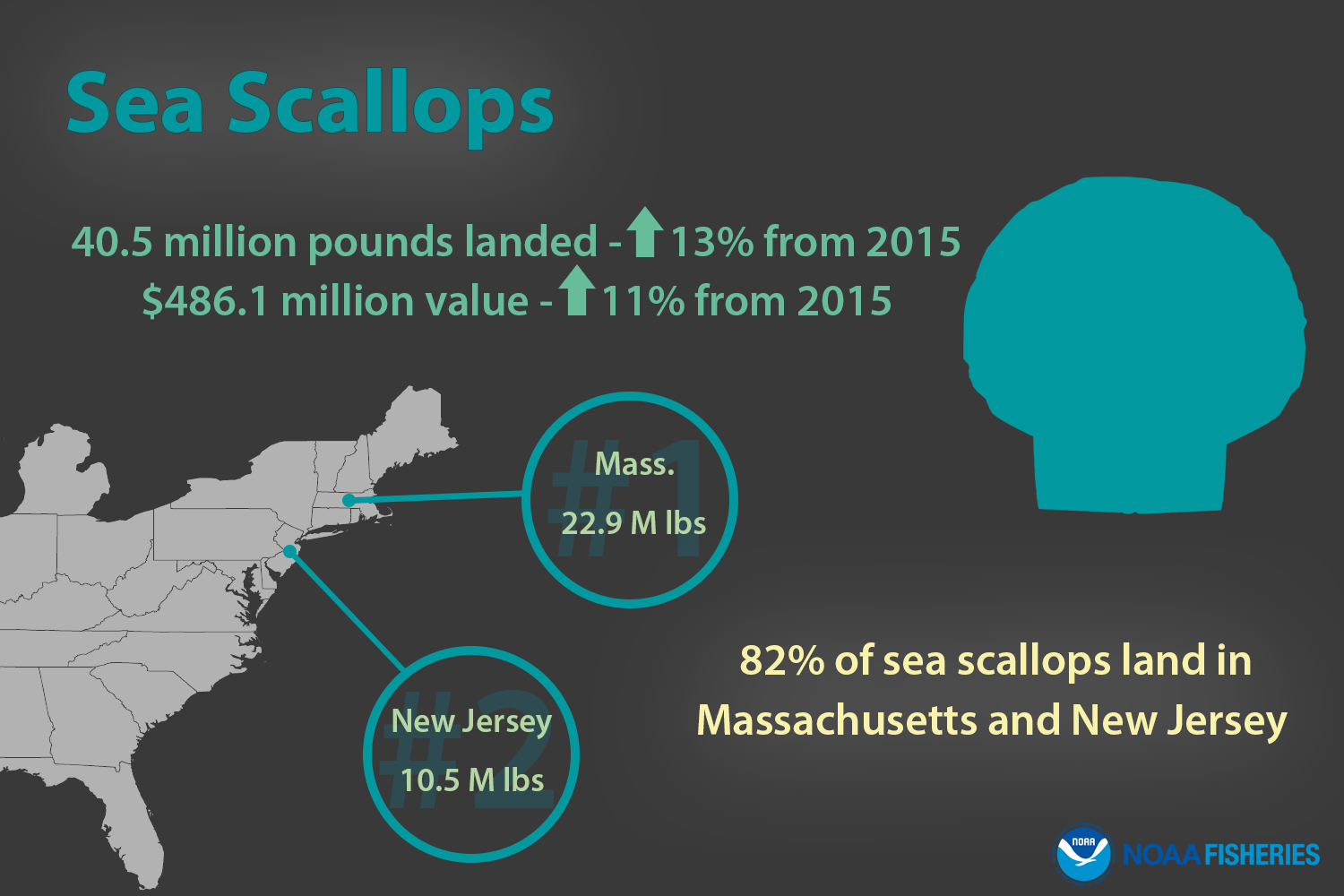
2017 Northeast Groundfish Assessment Port Outreach Meeting Graphics
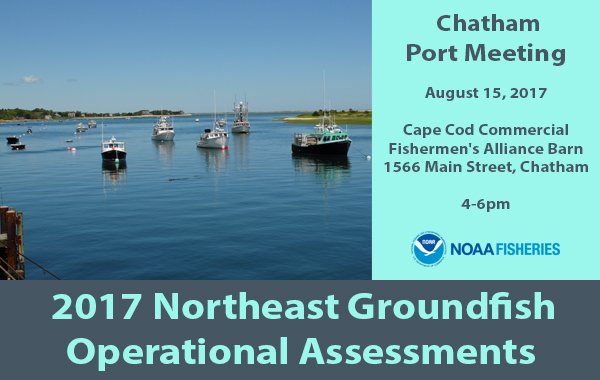
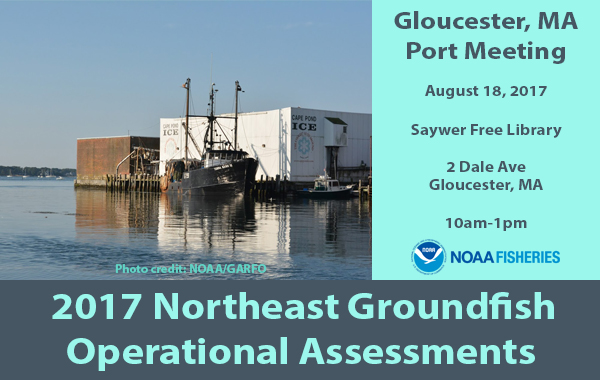
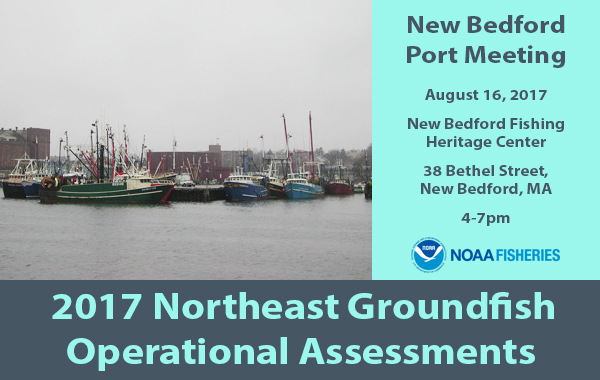
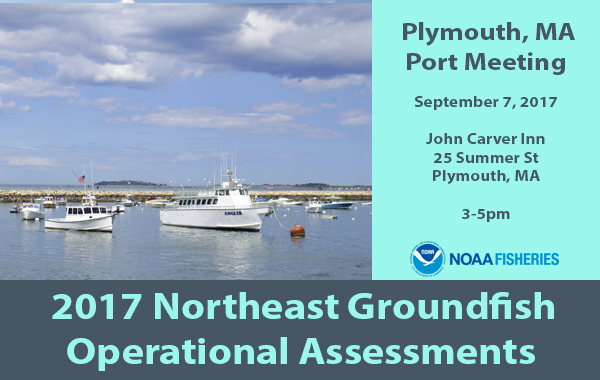

8 Things the Northeast Fisheries Observer
Program Does for You Graphic
Accompanied this feature story about the program.
2016 Smithsonian Environmental Research Center’s Fall Newsletter
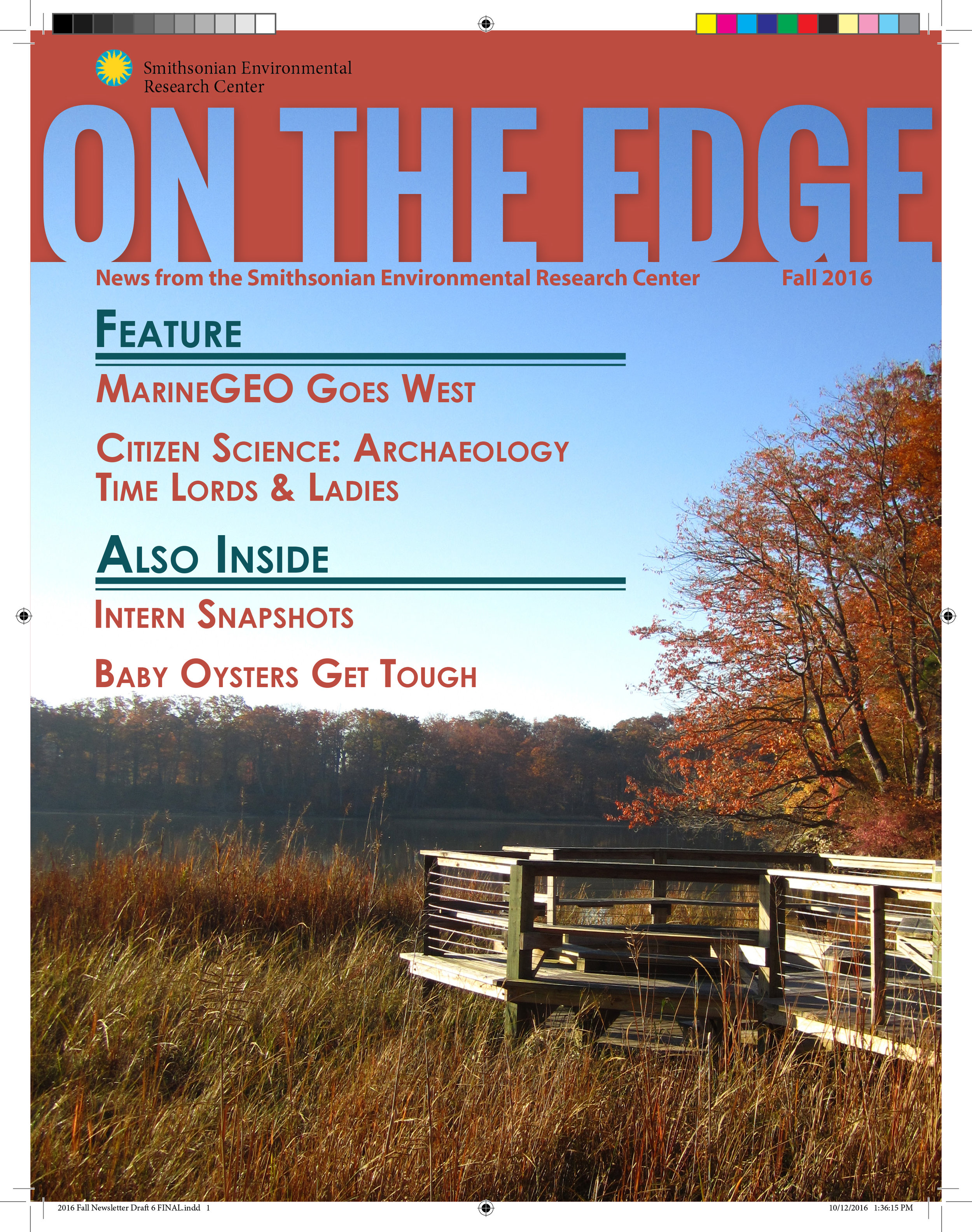

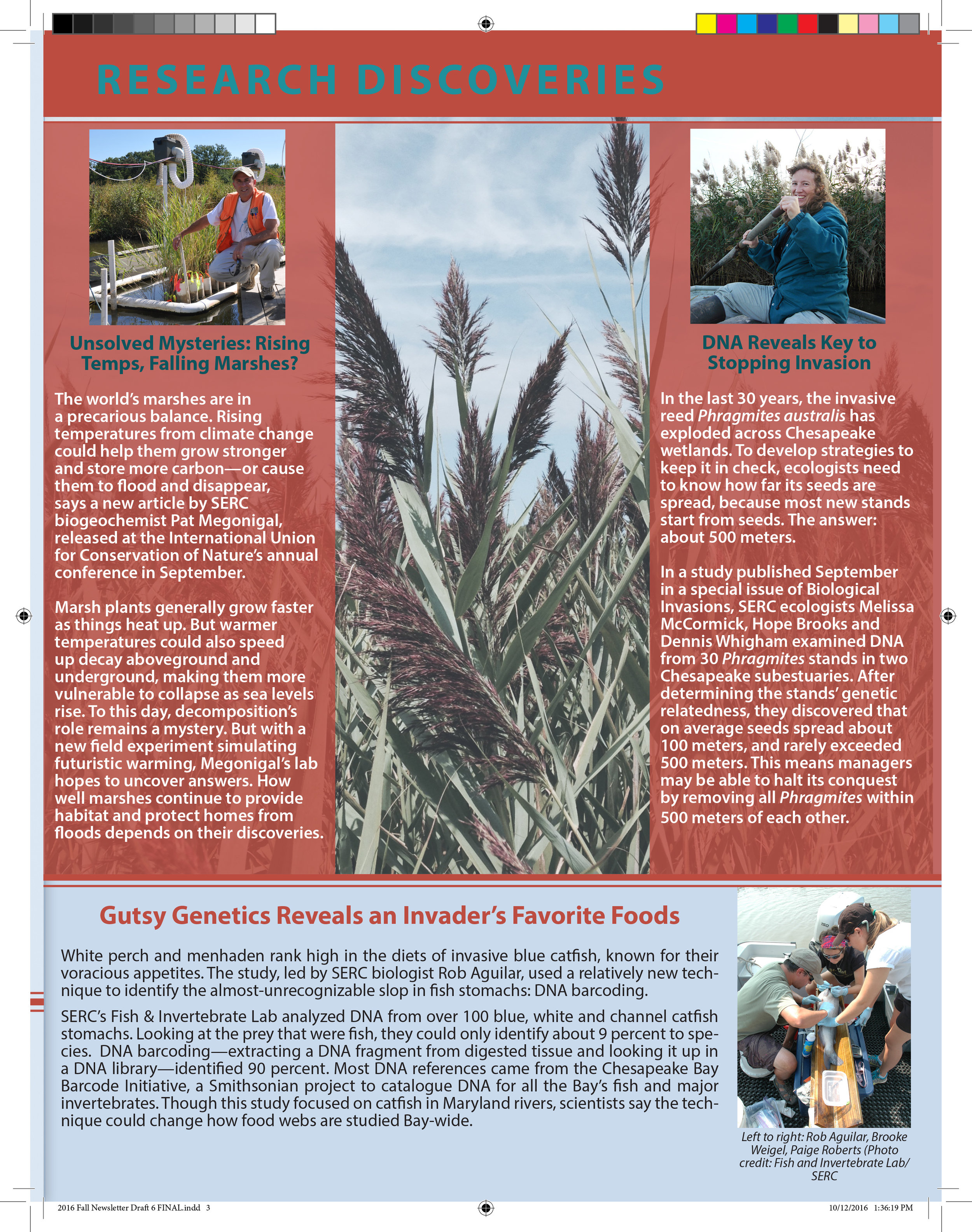
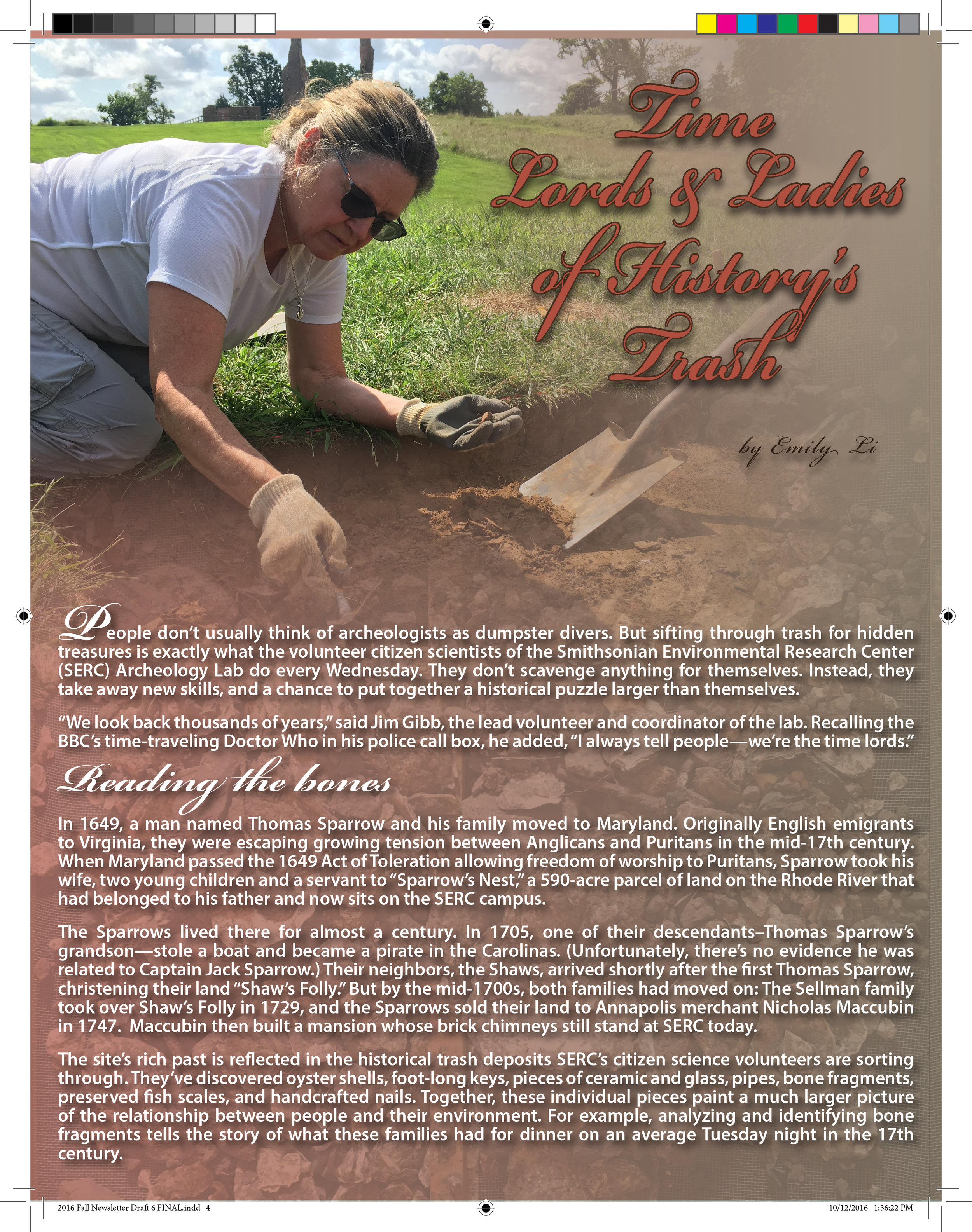

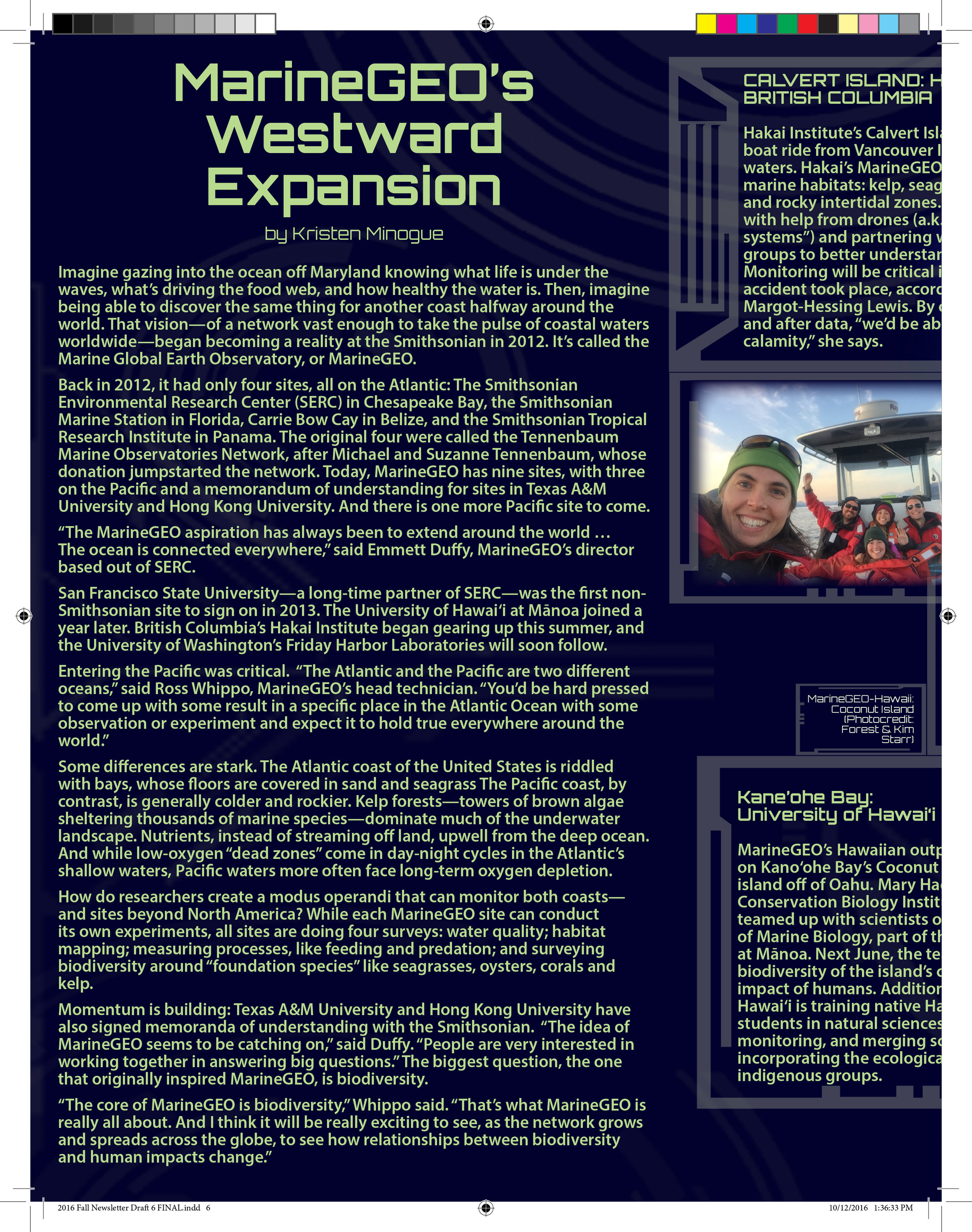

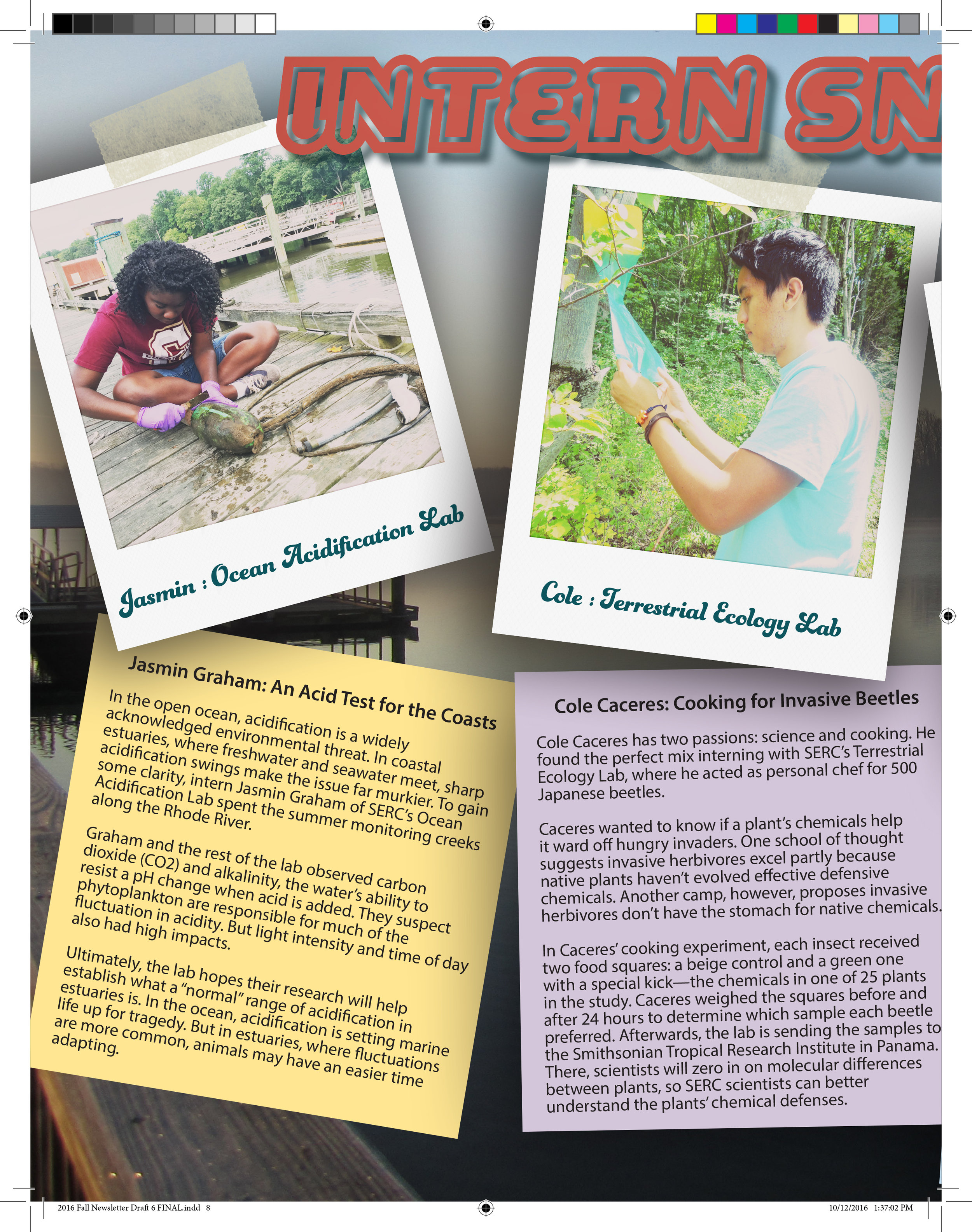
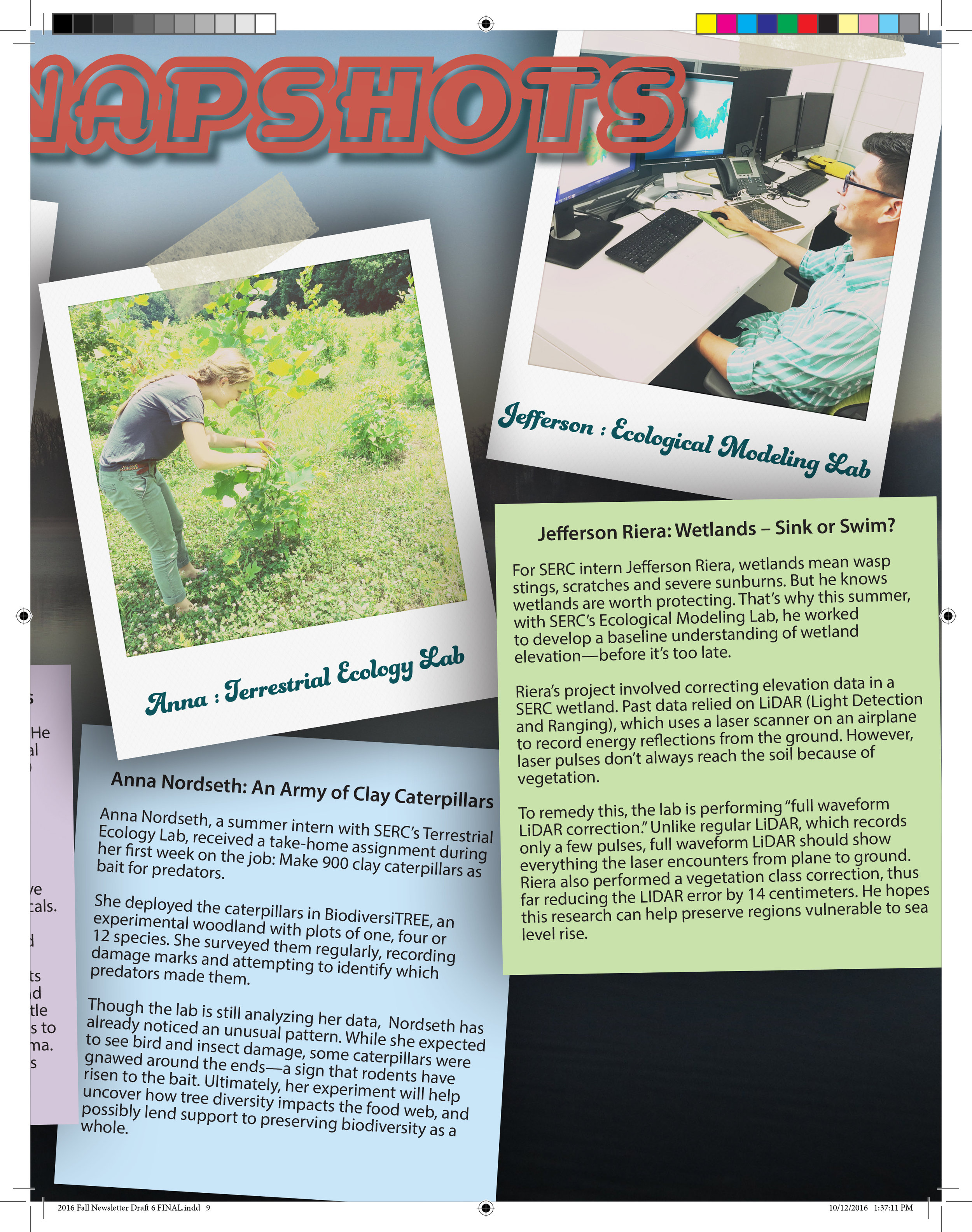
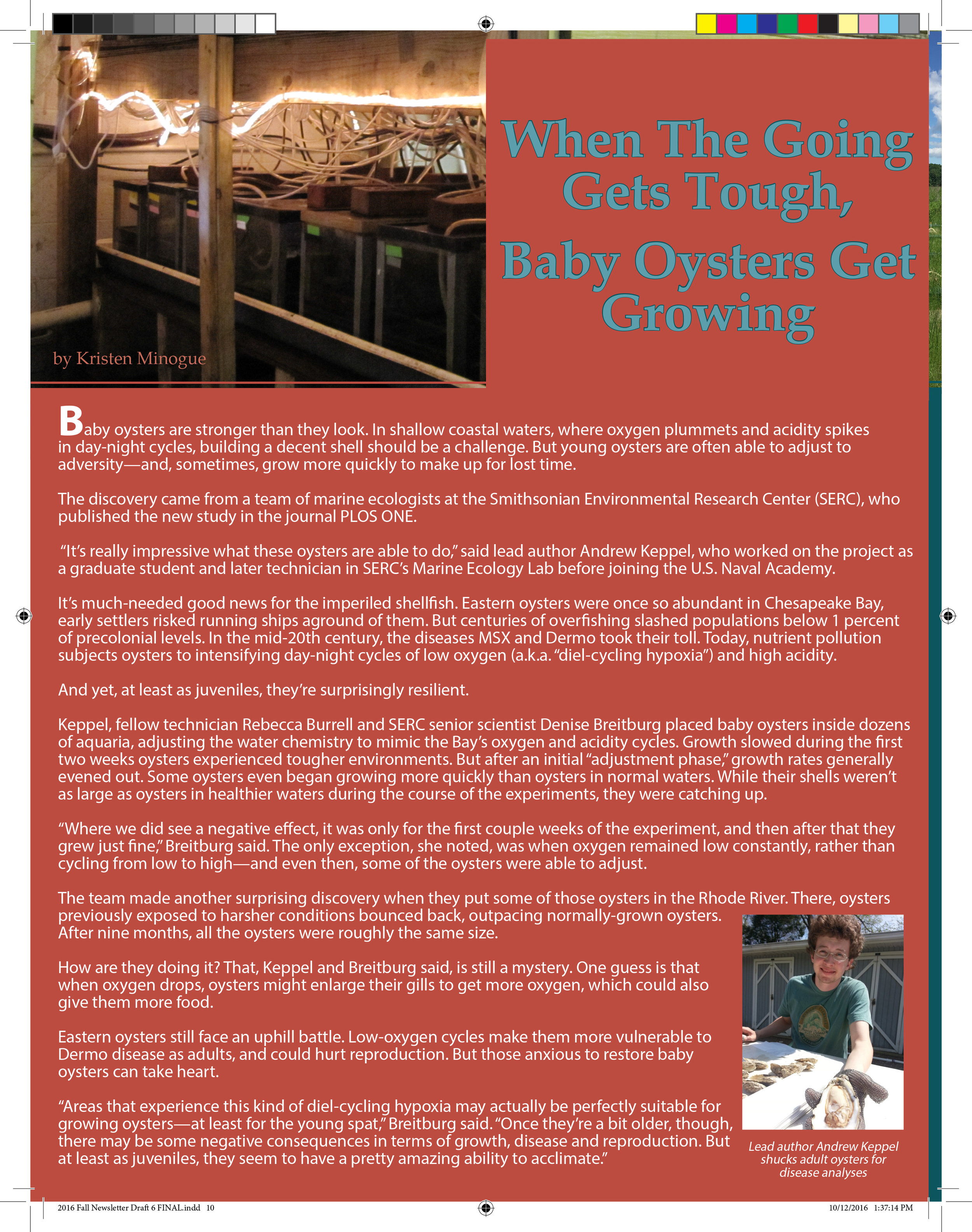
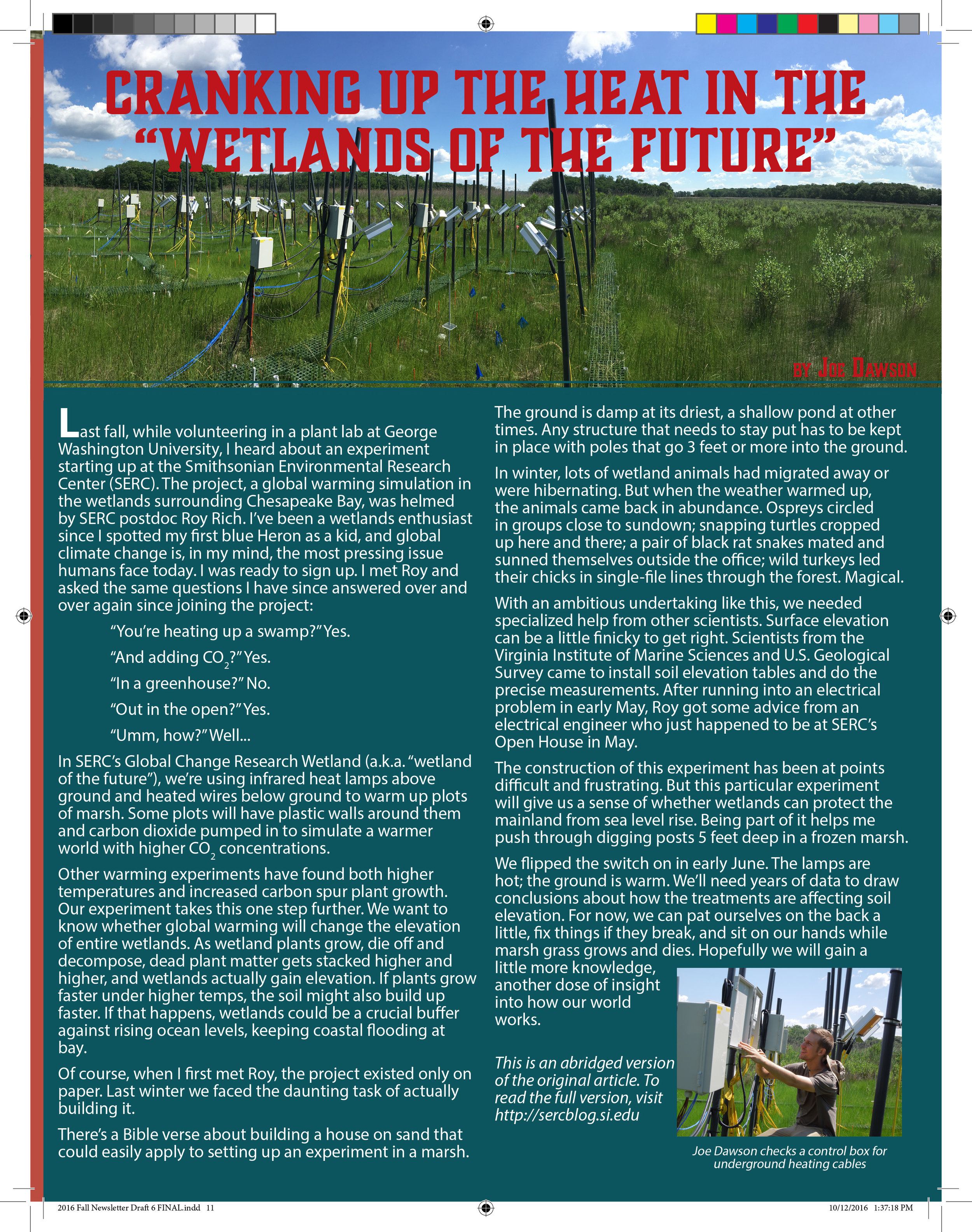
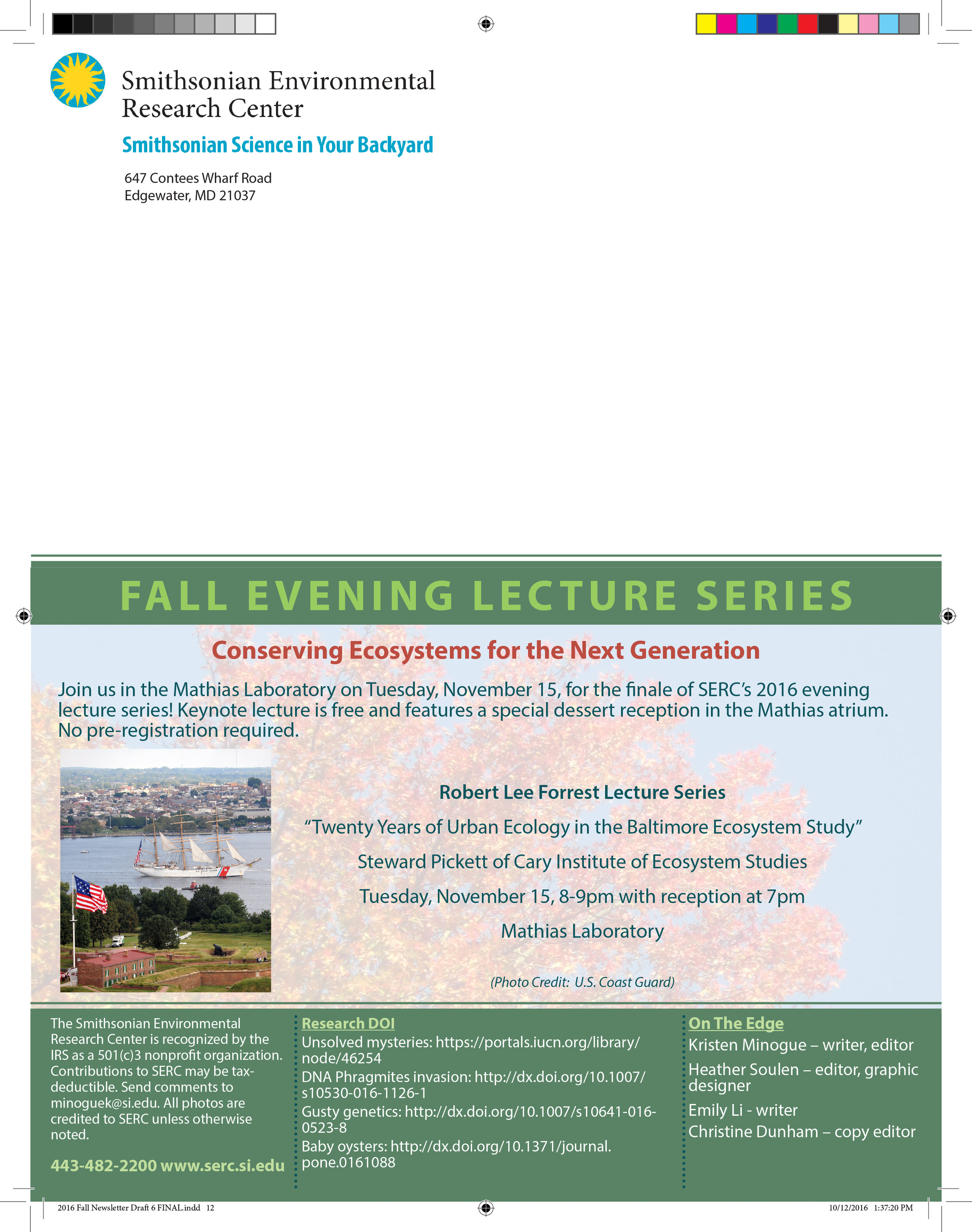
I was the editor and graphic designer for the 2016 fall newsletter.
2016 Smithsonian Environmental Research Center’s Summer Newsletter
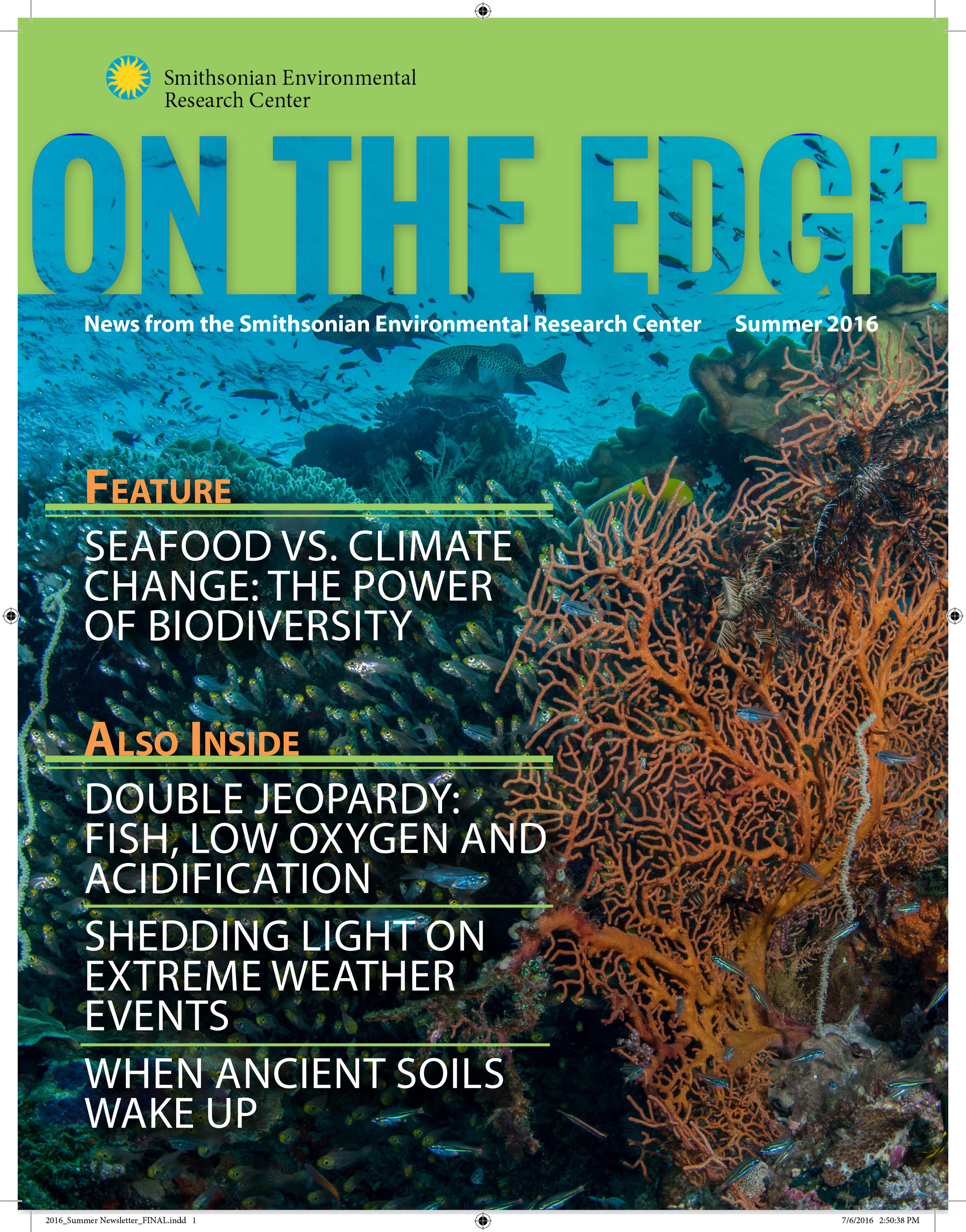
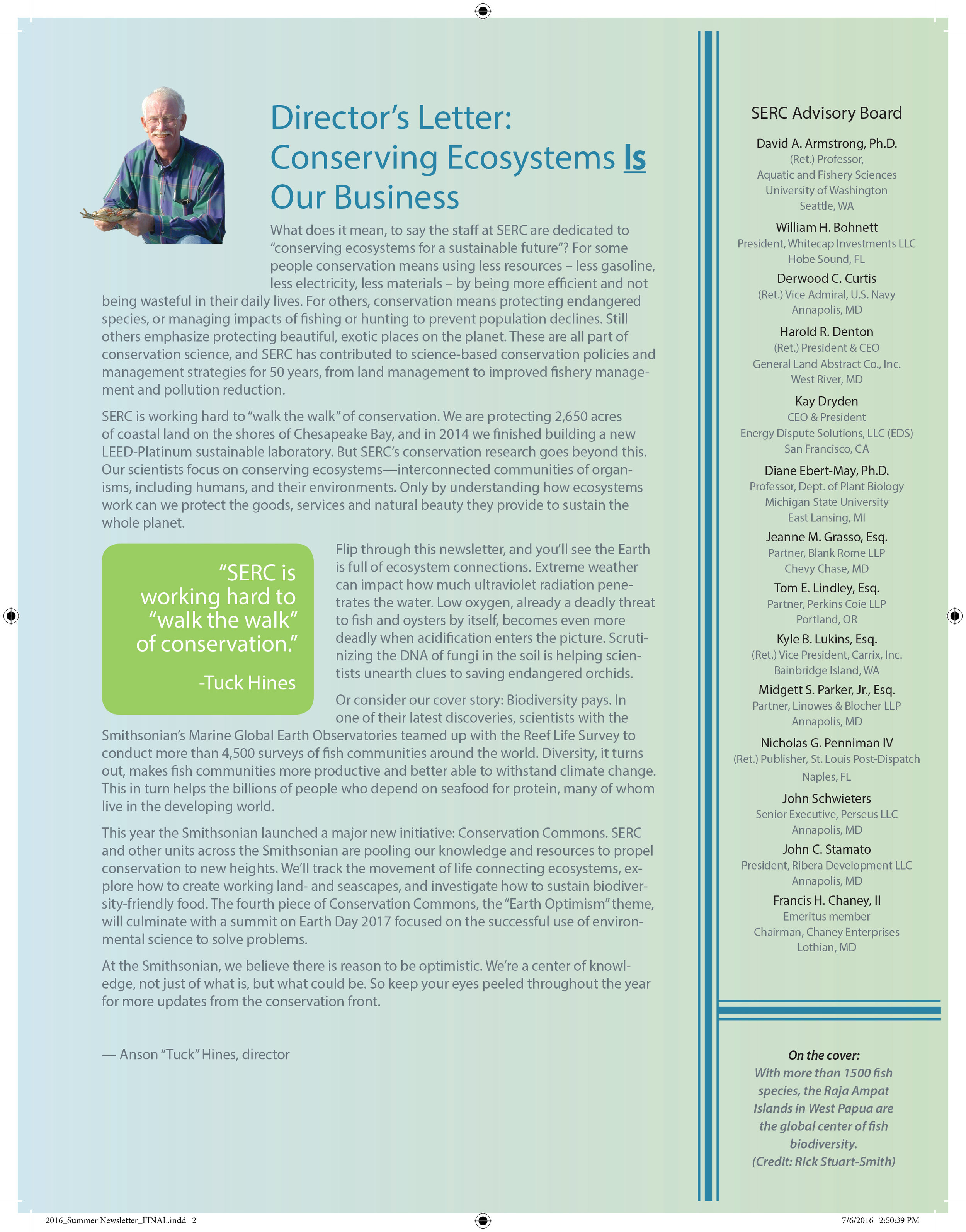
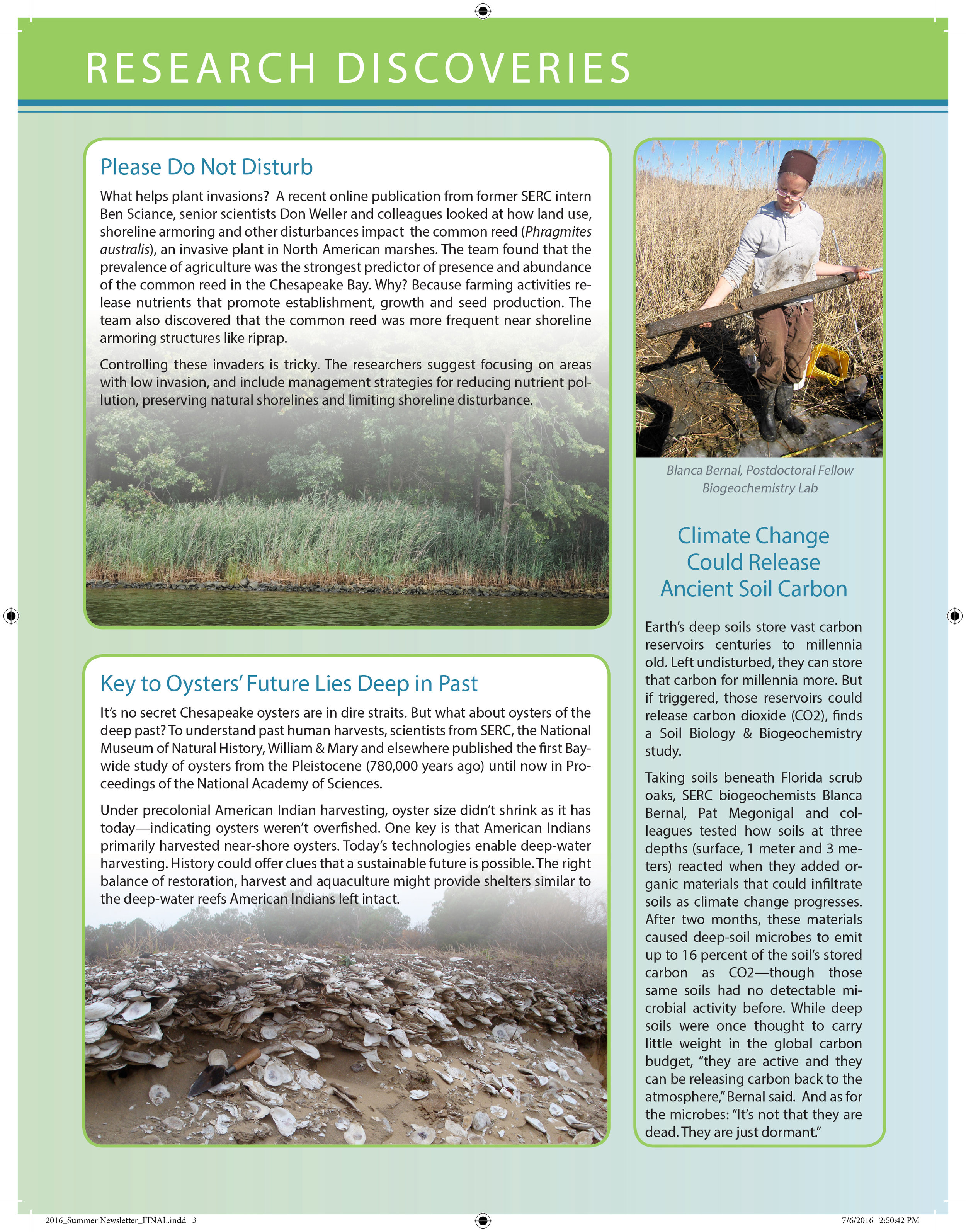
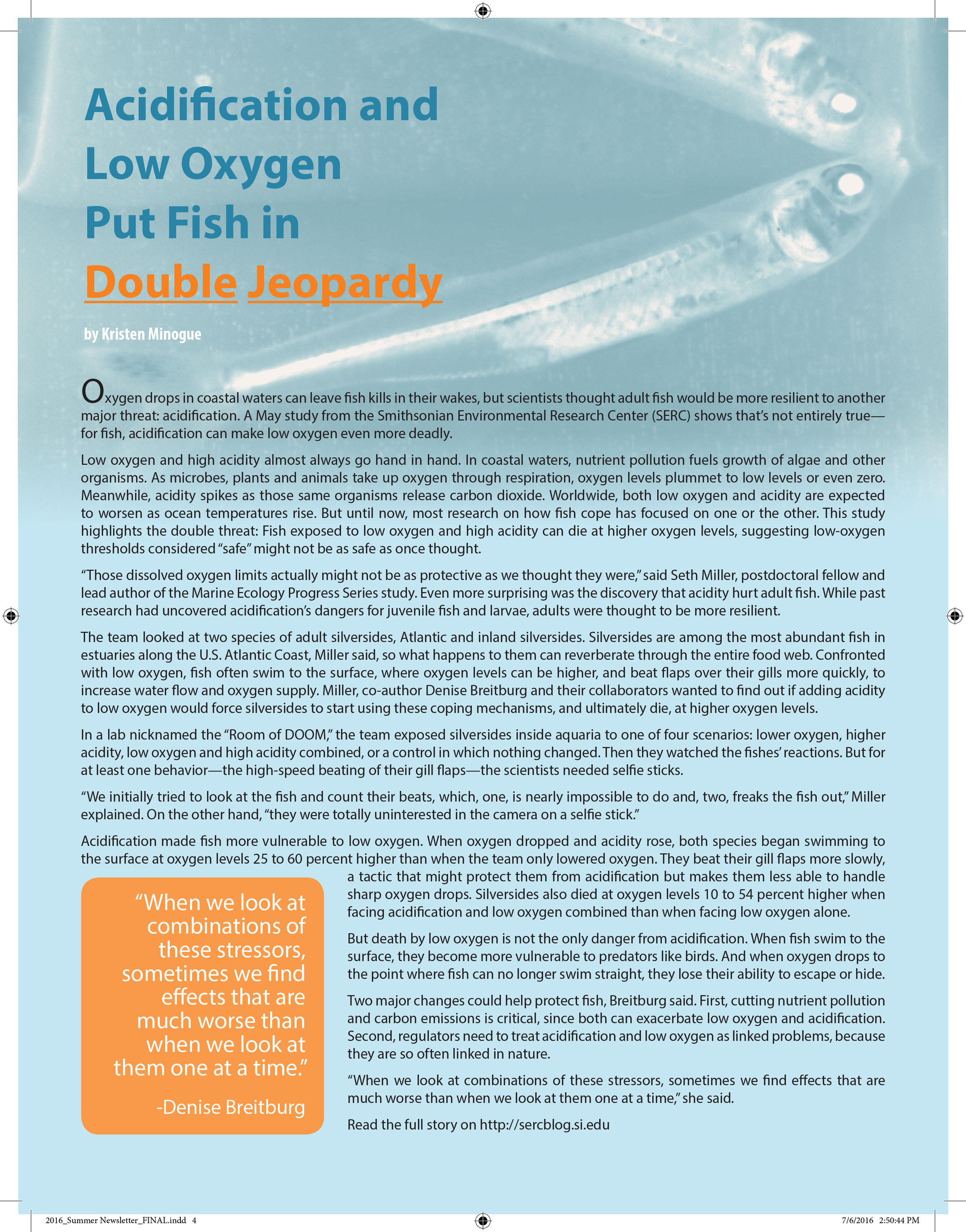
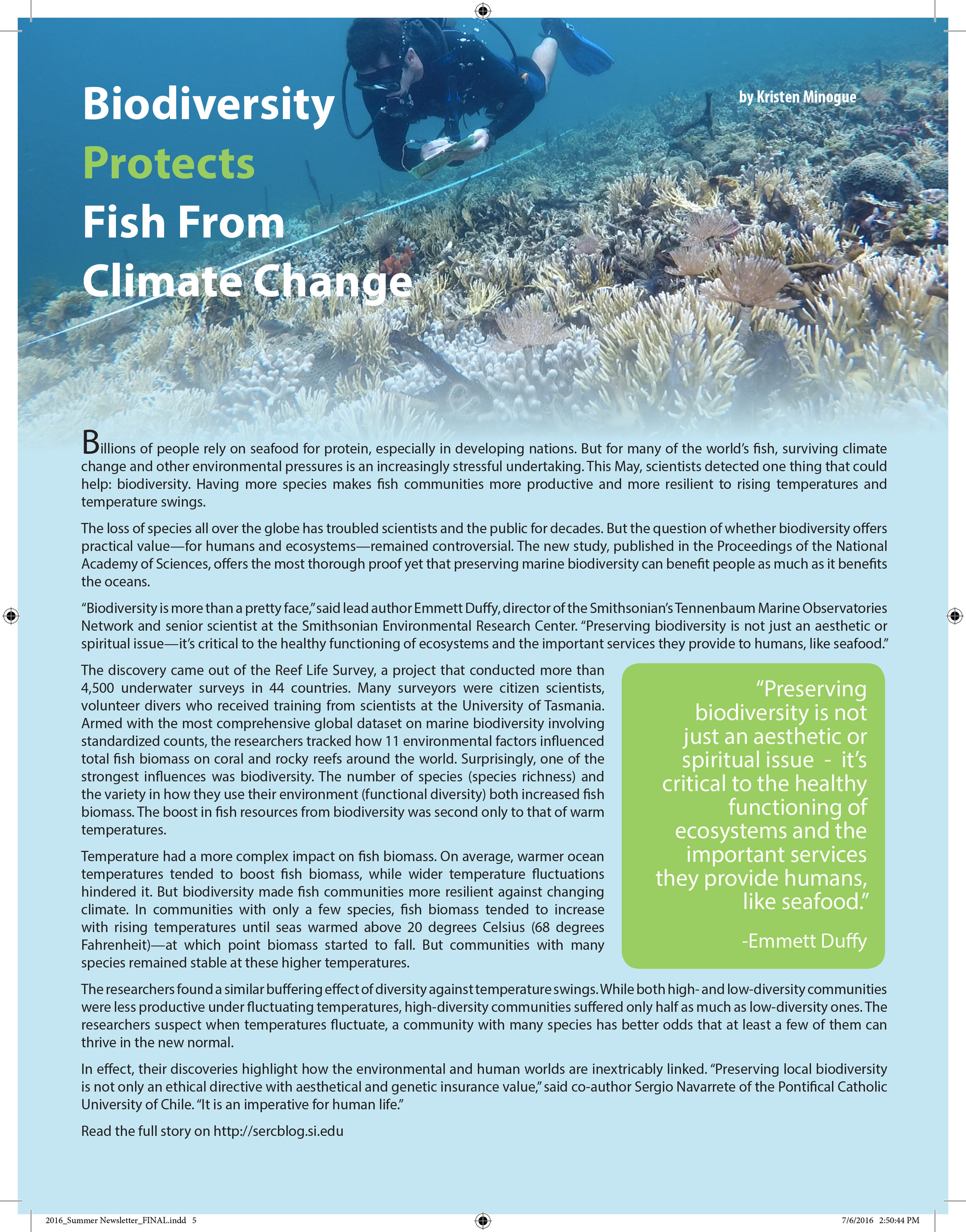
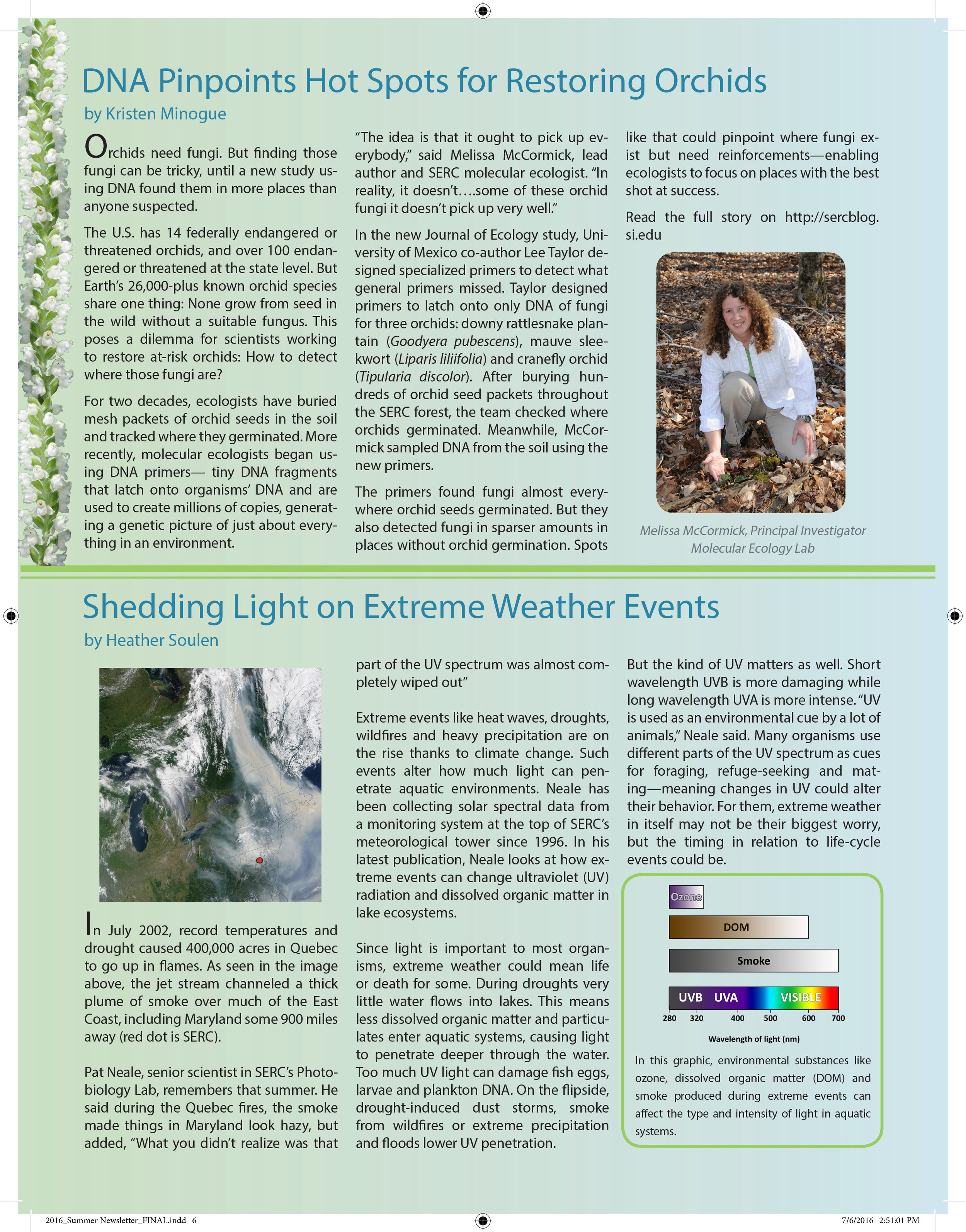
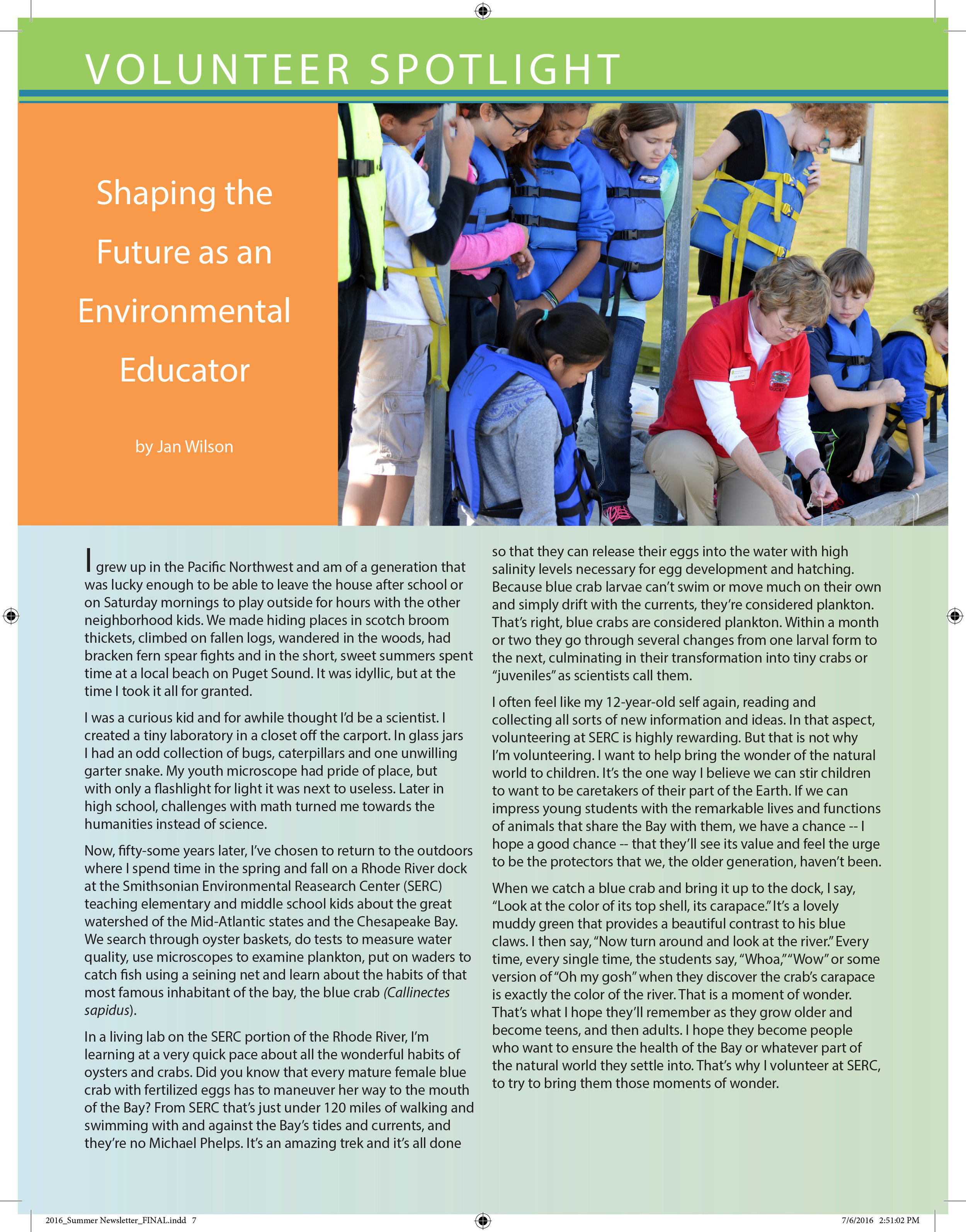
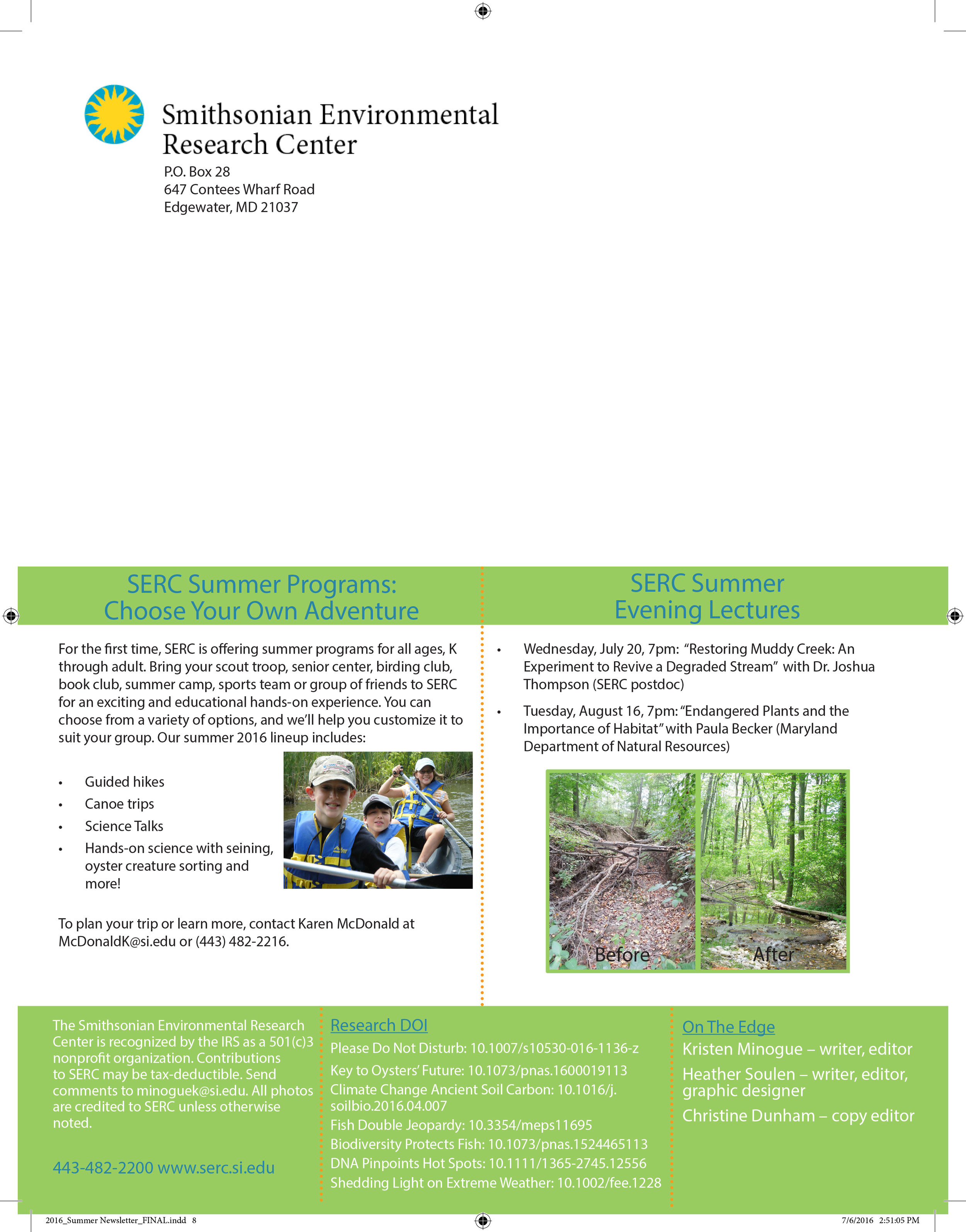
I was the writer, editor and graphic designer for the 2016 summer newsletter.
#EarthDay2016 Graphics
These were created for Earth Day 2016 and shared on SERC's social media.
Punny Science Valentine's Day Cards - 2016
These were created for Valentine's Day 2016 and shared on SERC's social media and blog as a downloadable Valentine's Day card. Designs feature a 70s pop art aesthetic with science puns relating to fish development and invasive species.
Punny Science Thanksgiving Day Graphics - 2015

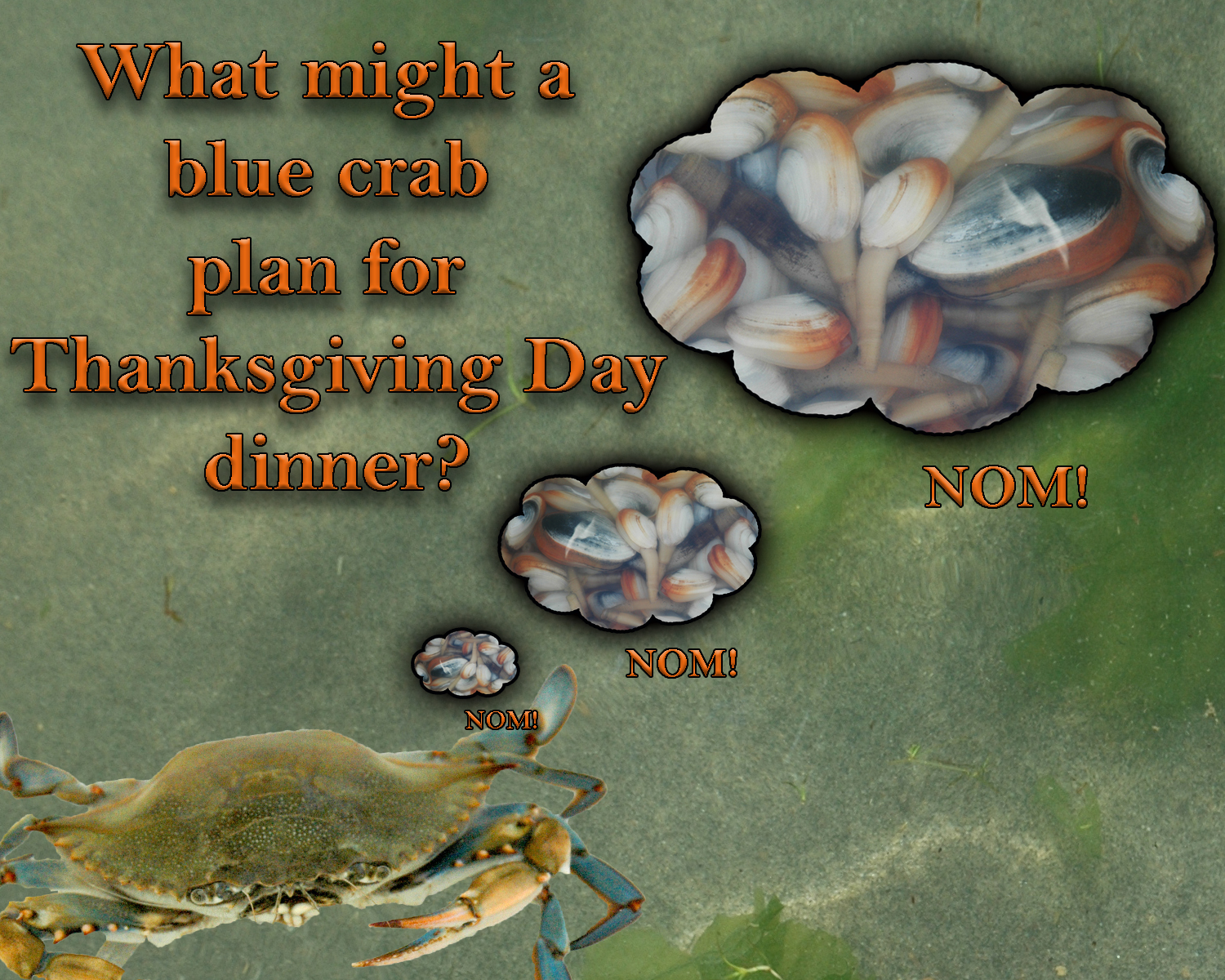
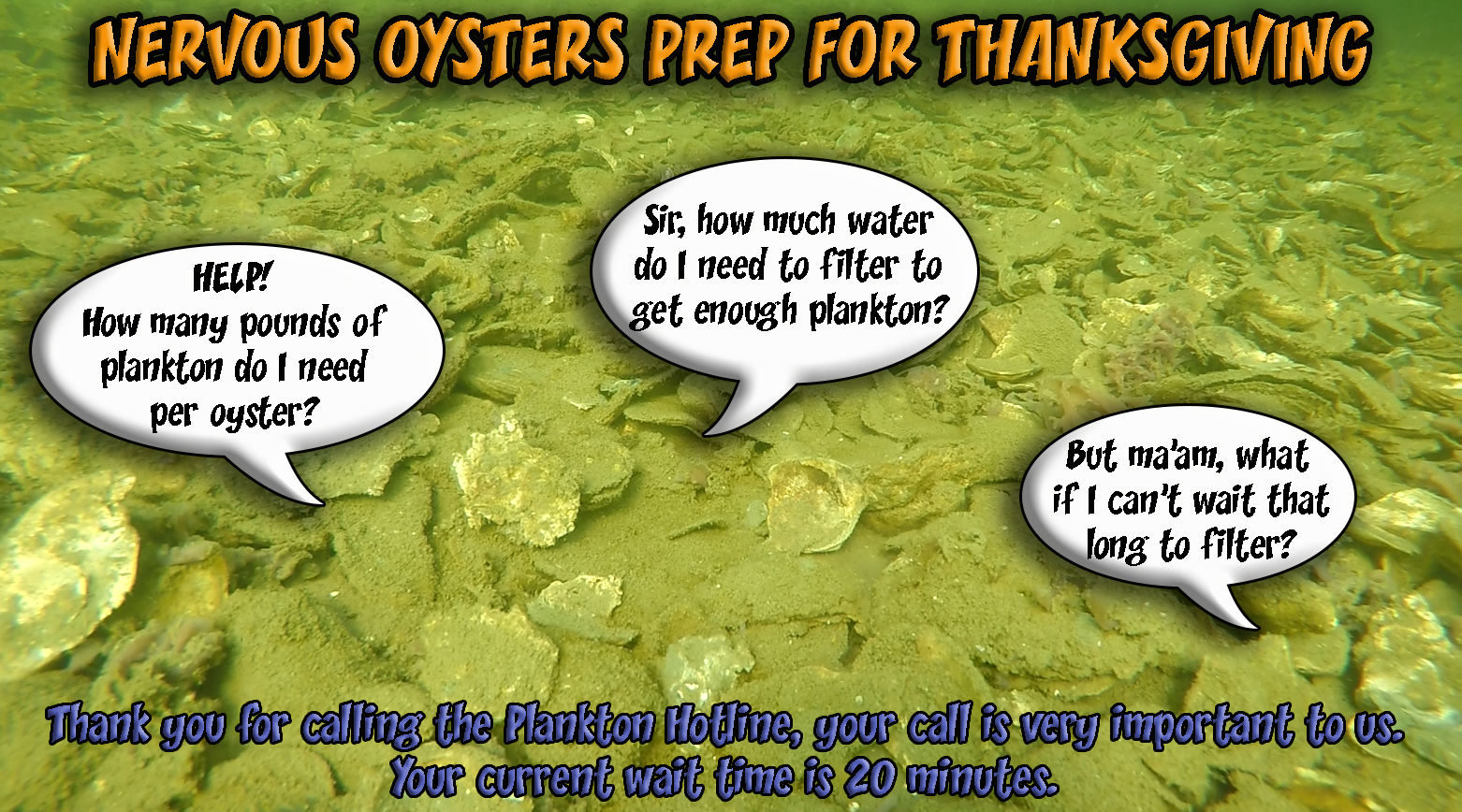
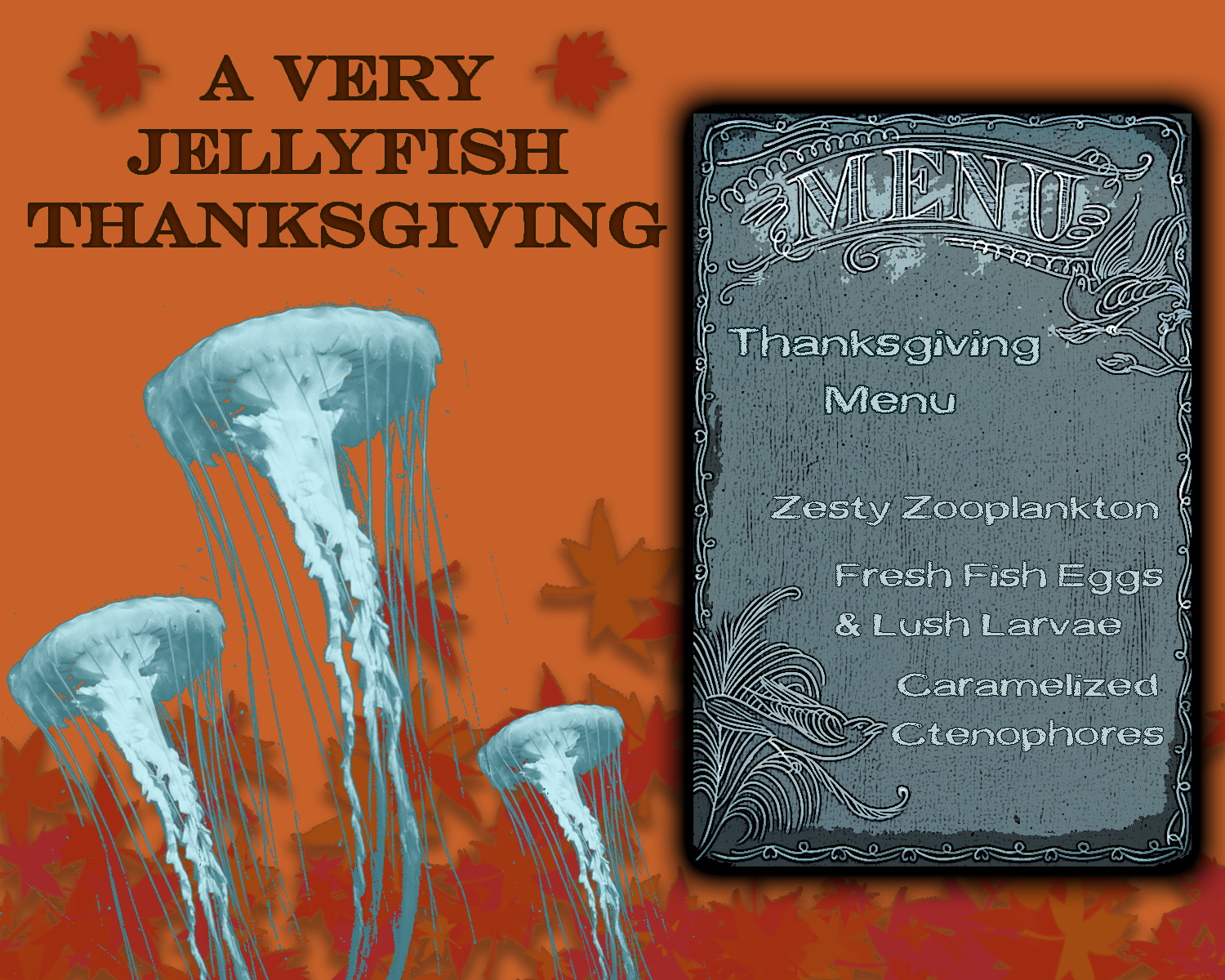
These graphics were created for Thanksgiving 2015 and shared on SERC's social media accounts. Anchohadenperch is a take on a Turducken and the oyster Thanksgiving prep is a spoof on the Thanksgiving Butterball Turkey hotline.
Smithsonian Summer Showdown
North American Orchid Conservation Center - 2015
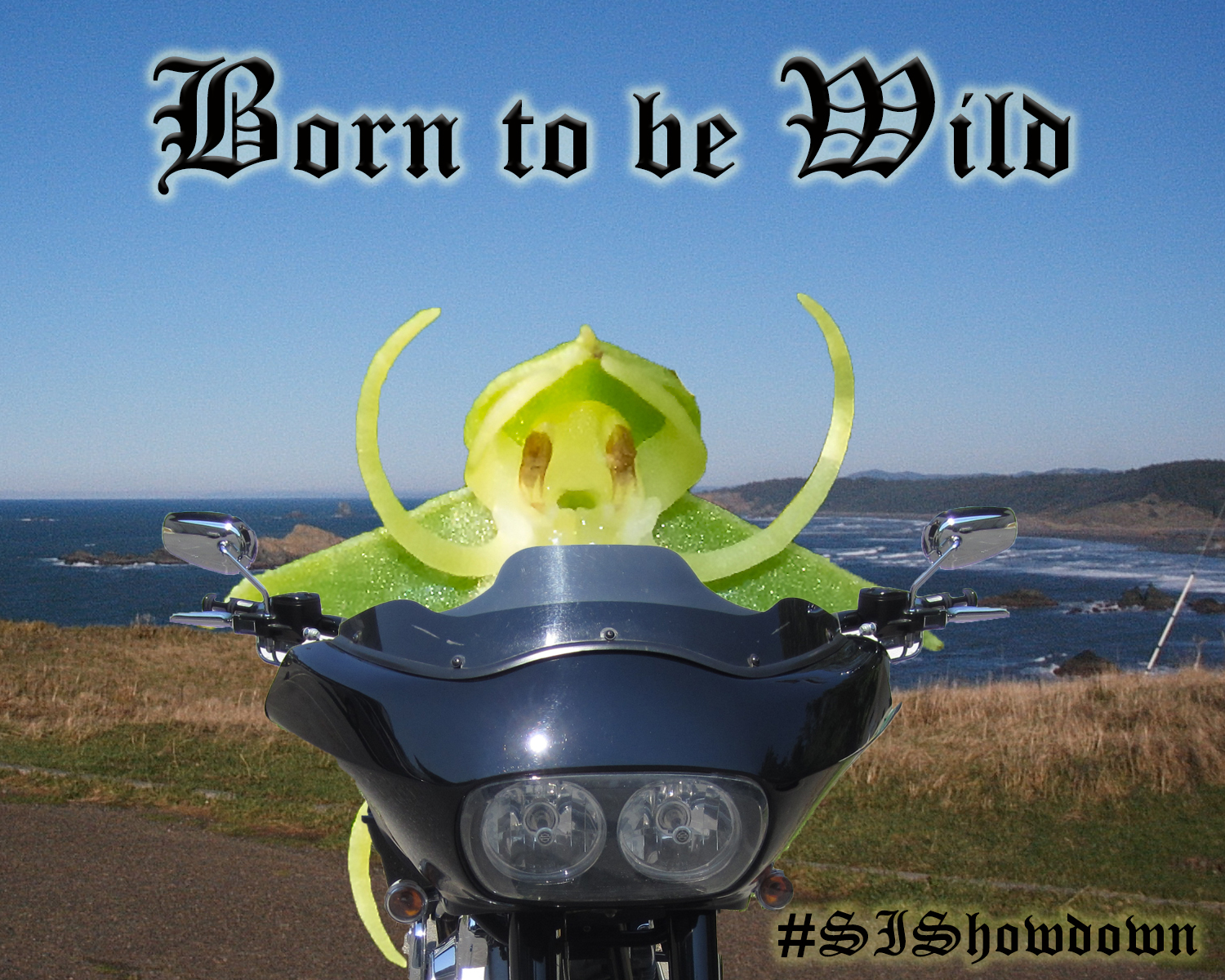
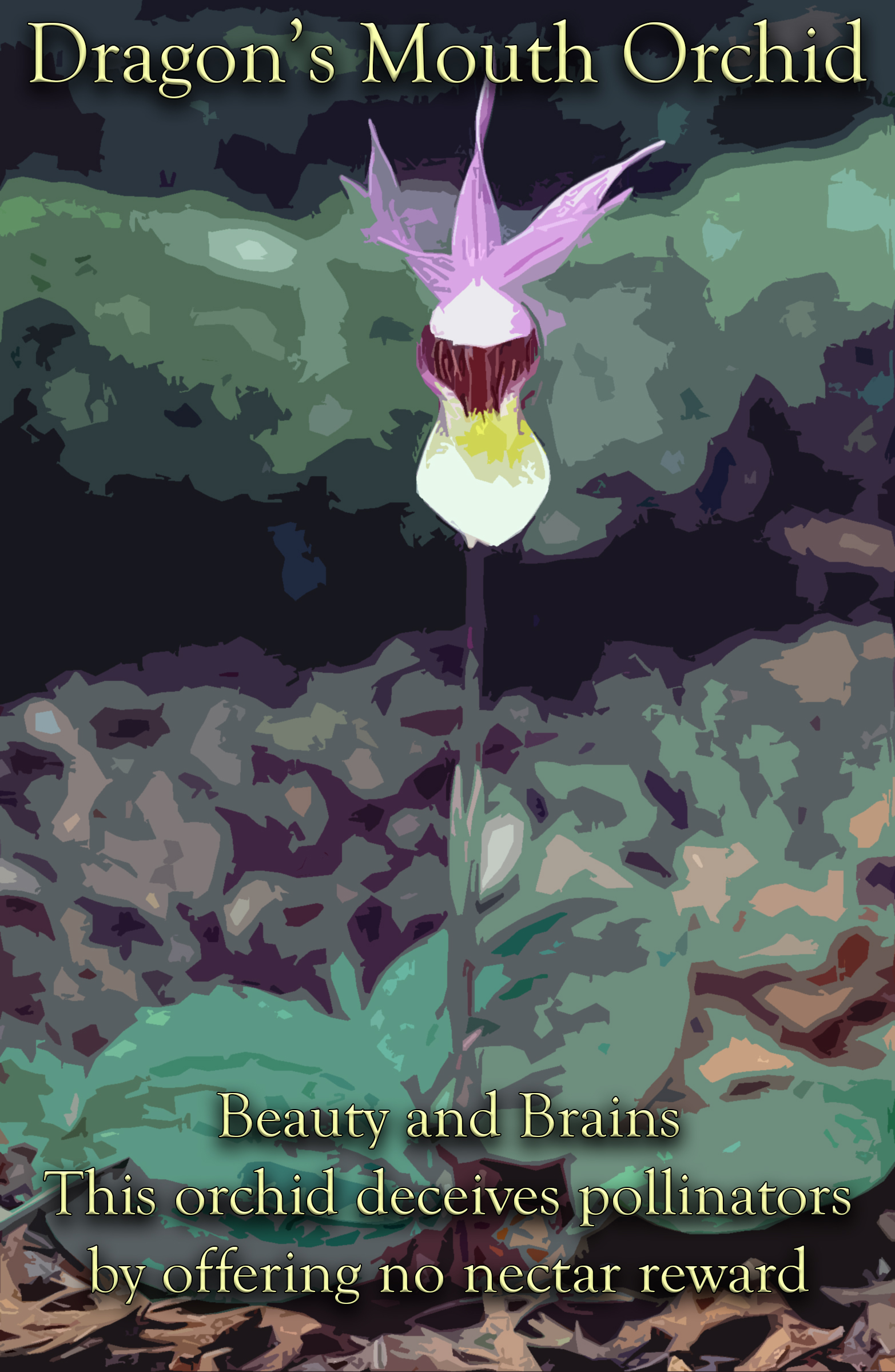
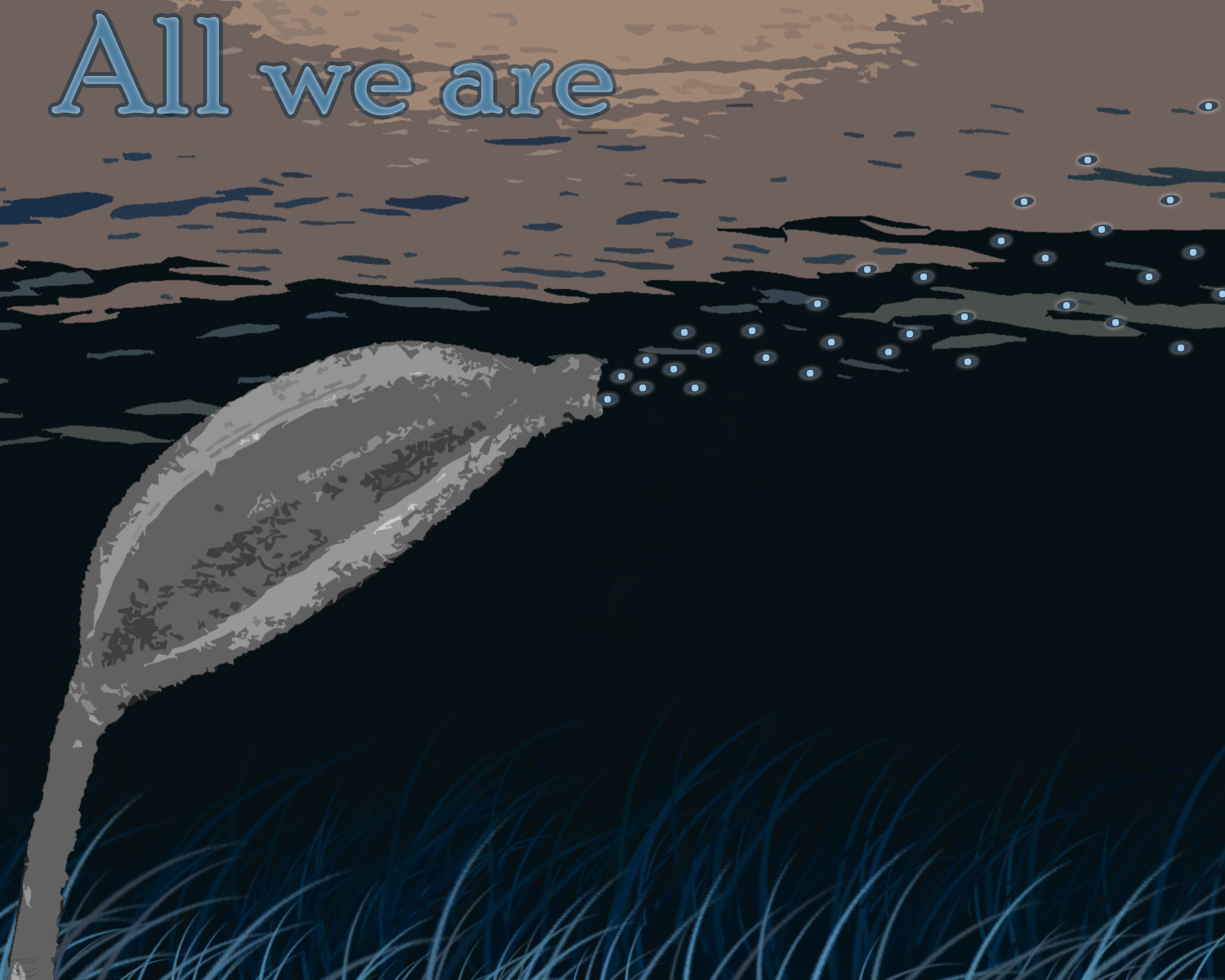
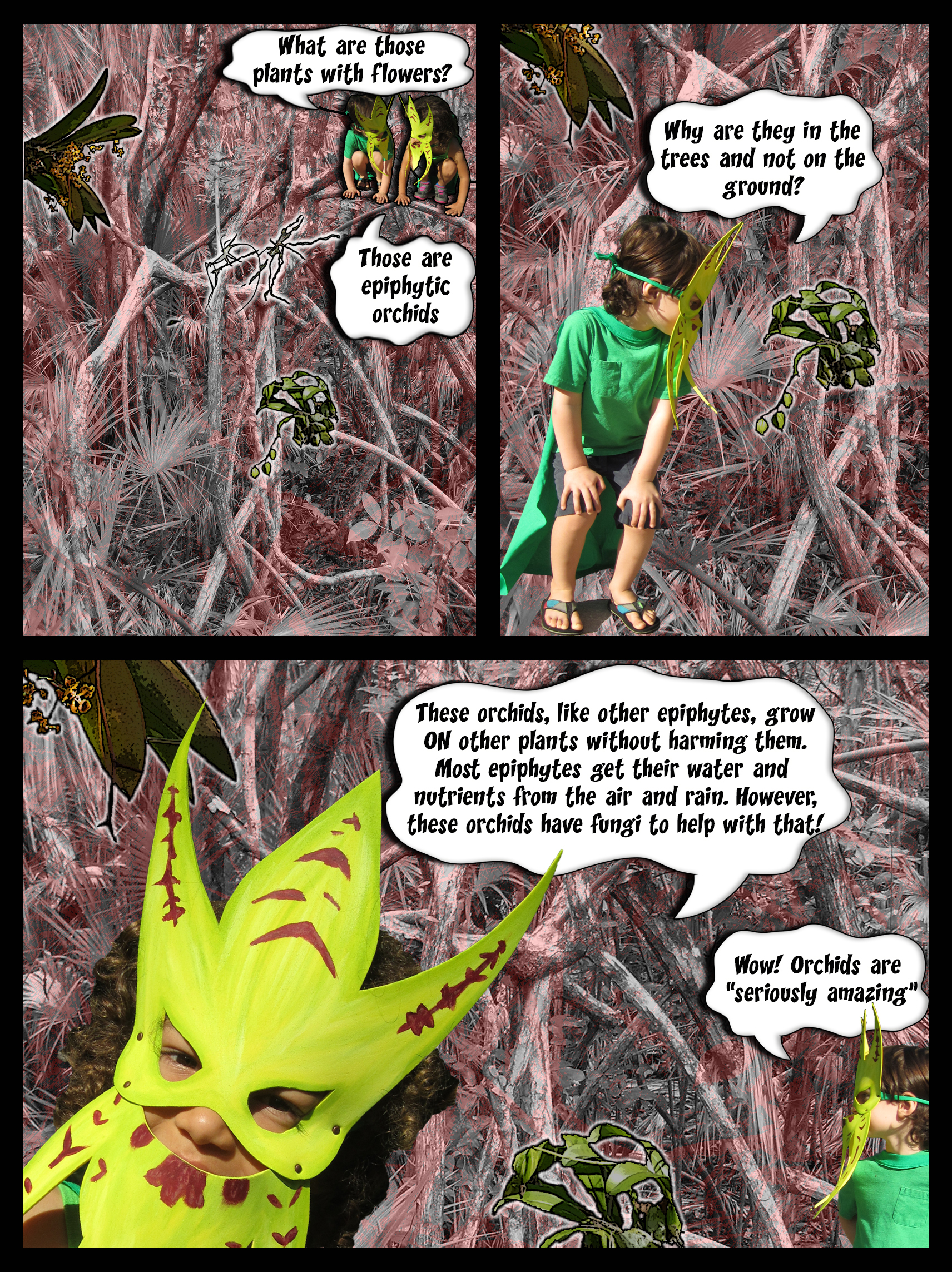
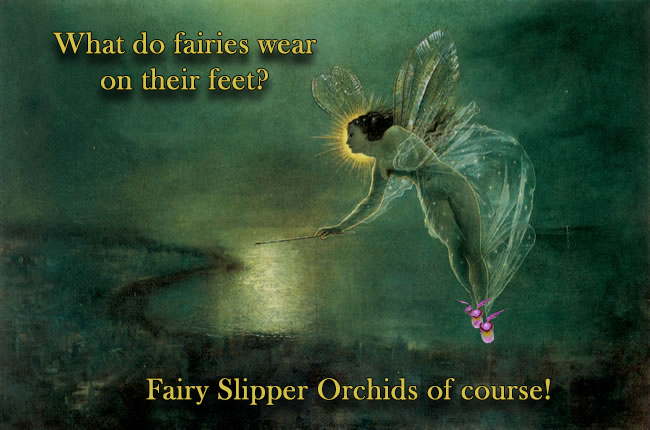
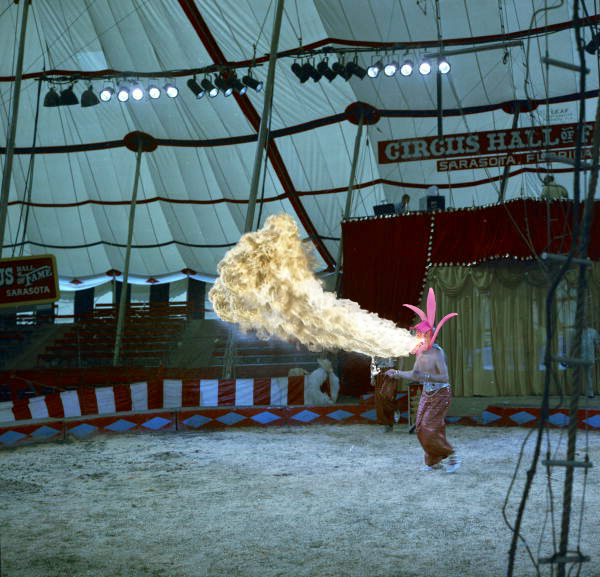
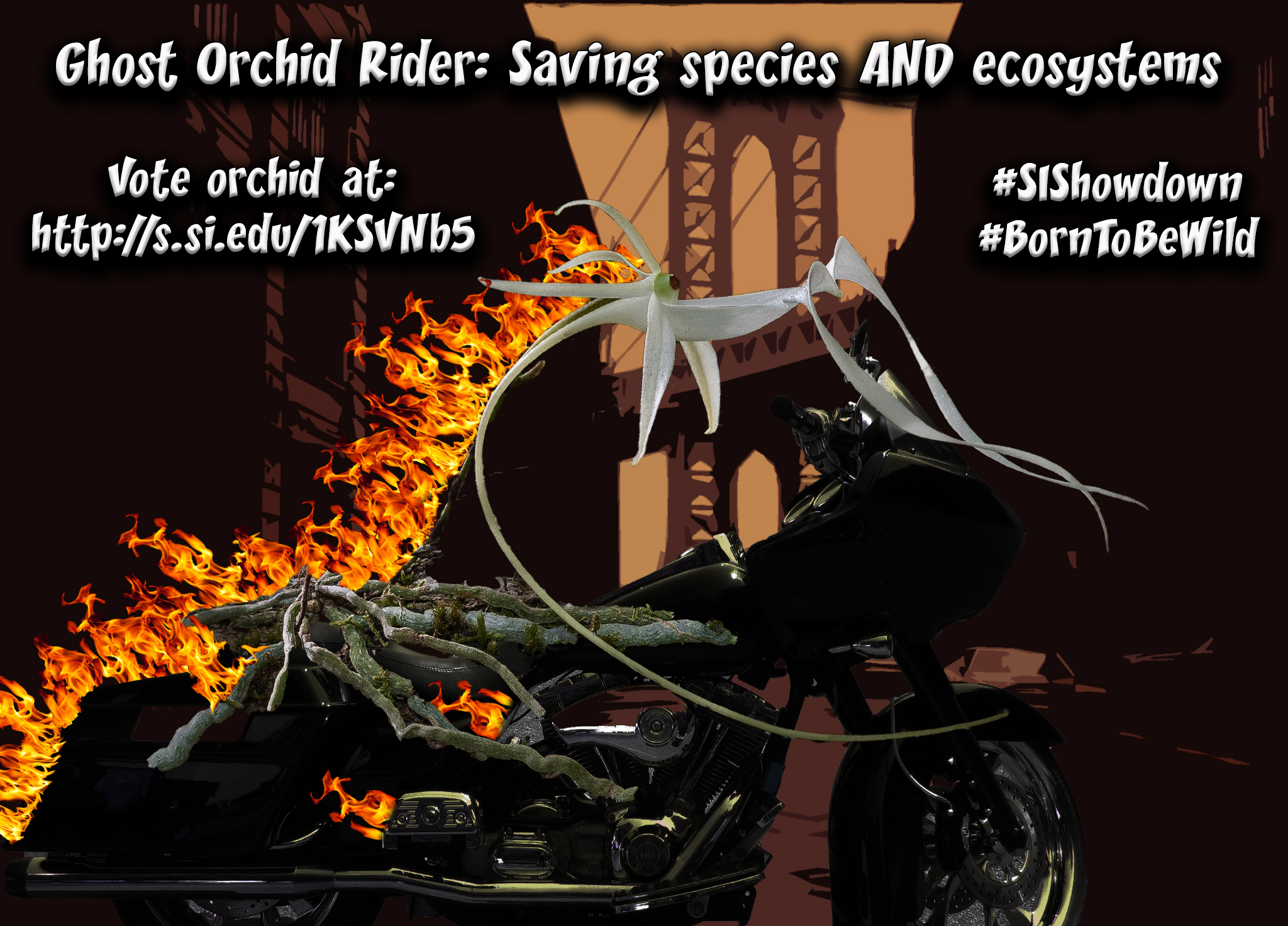
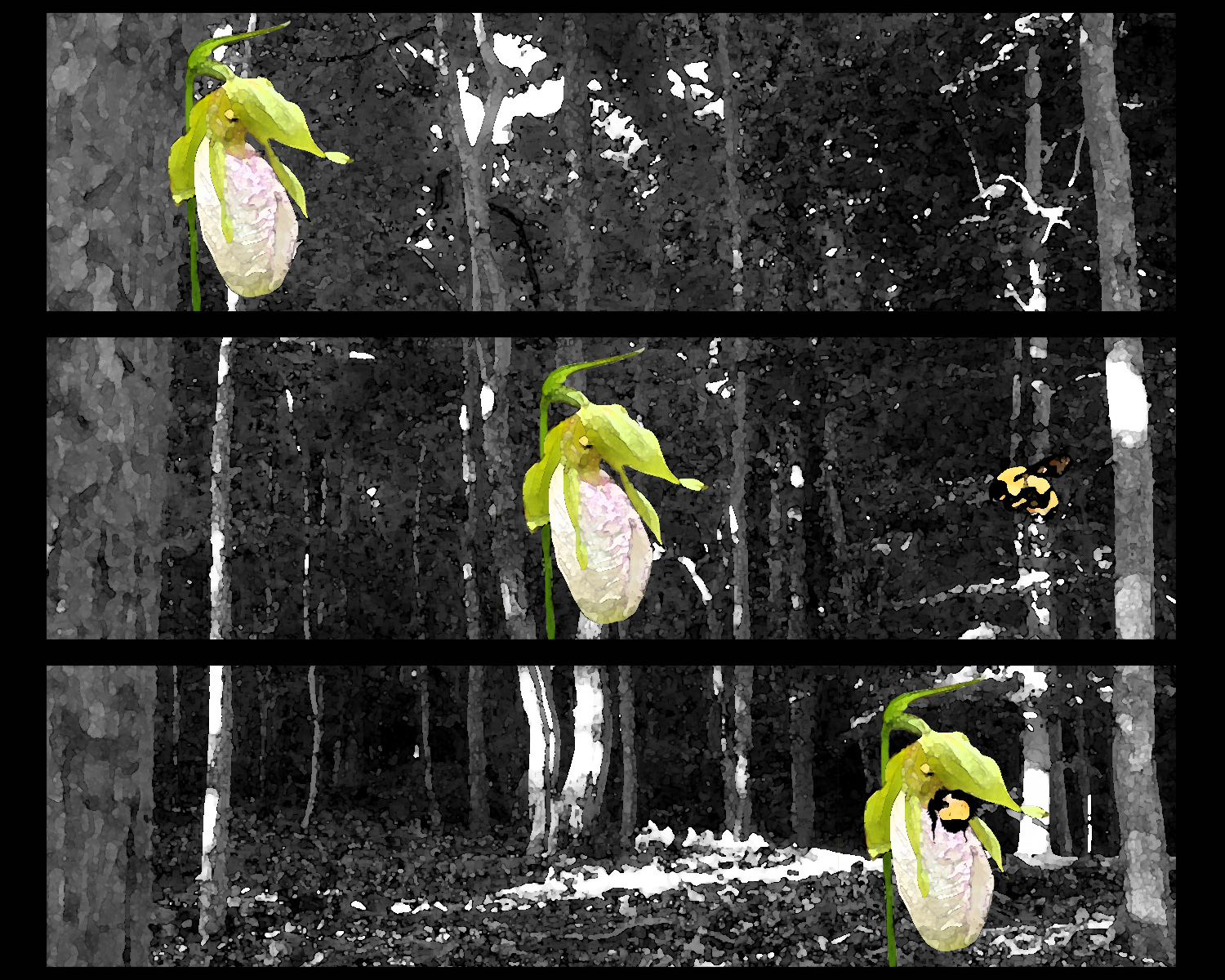
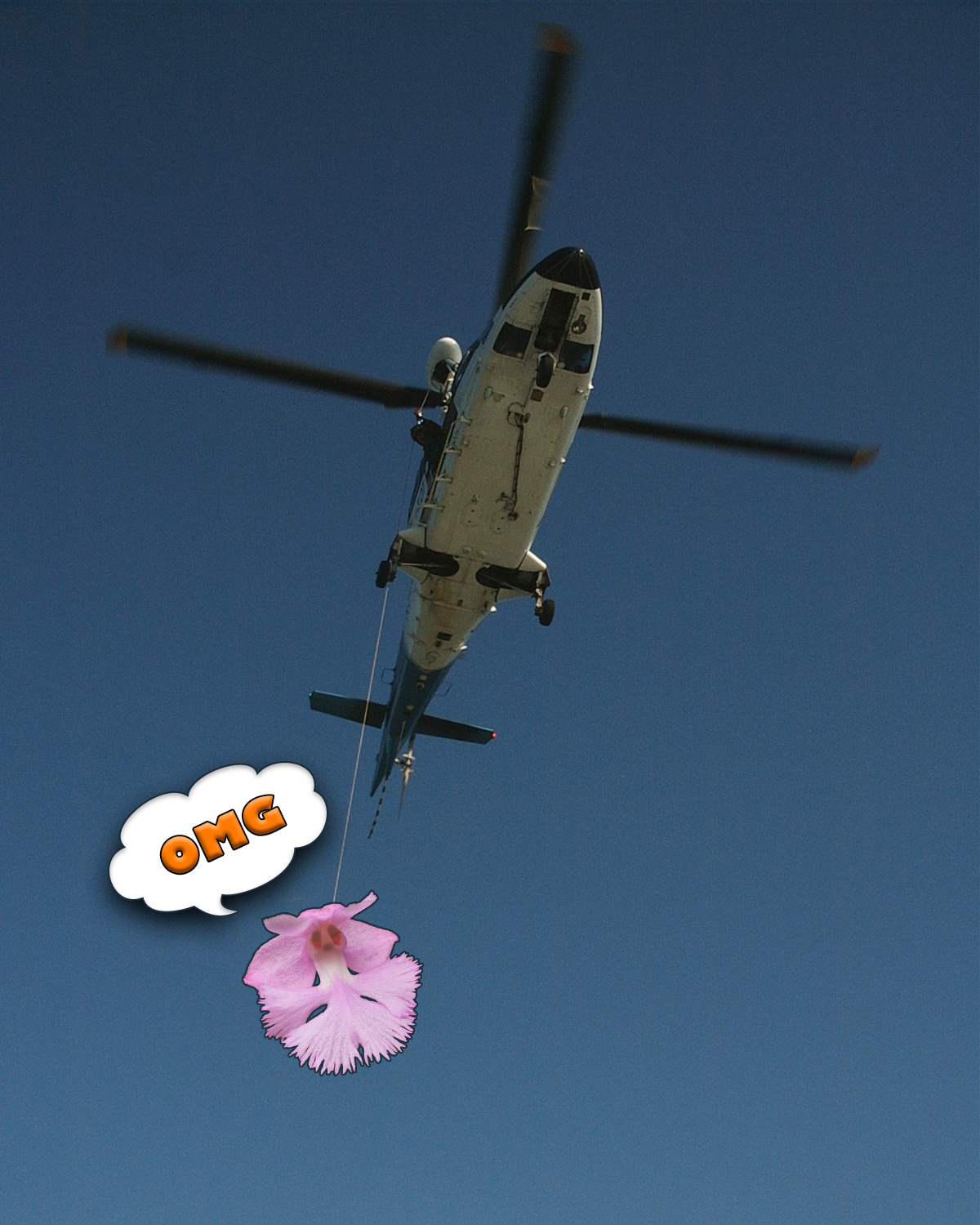
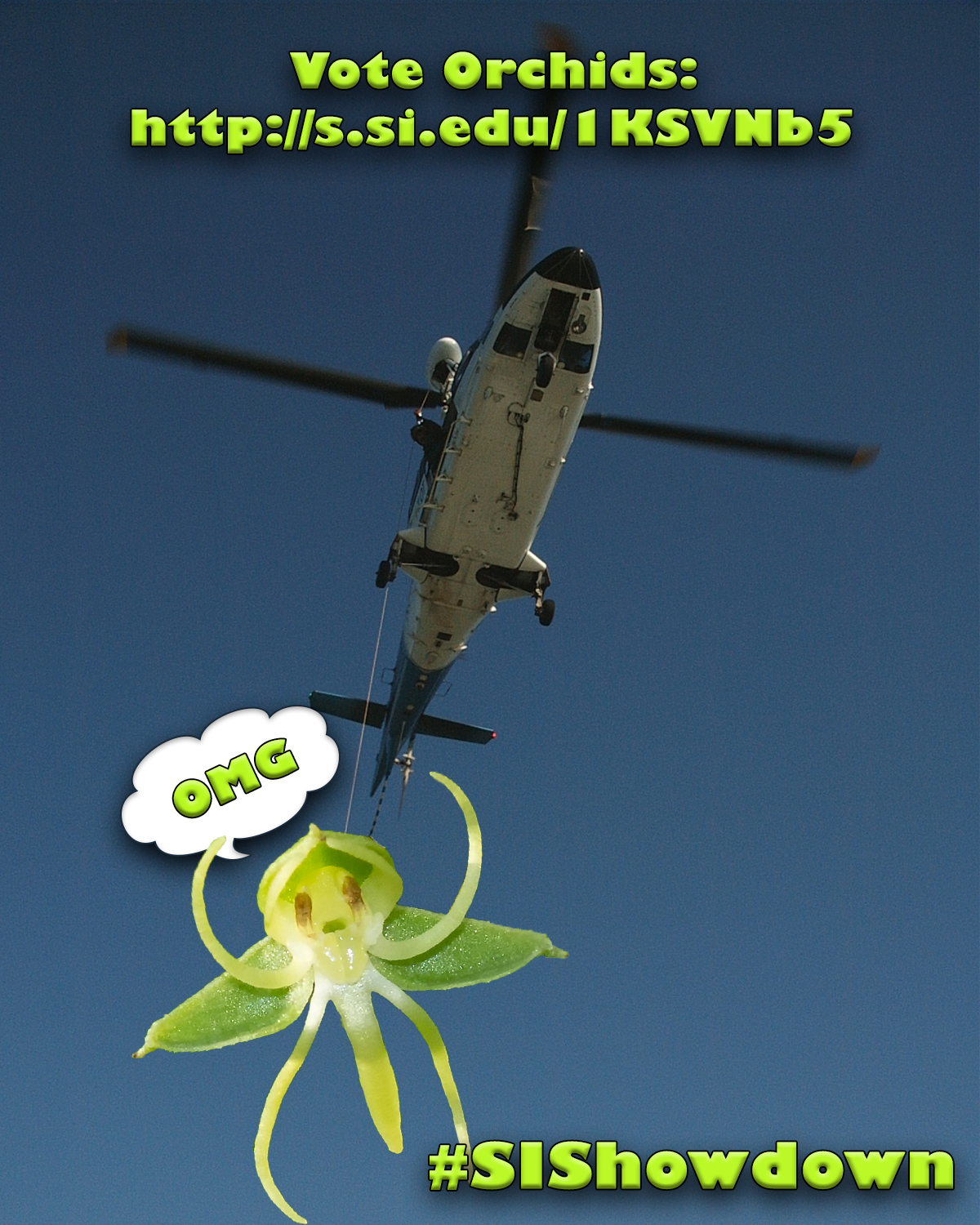
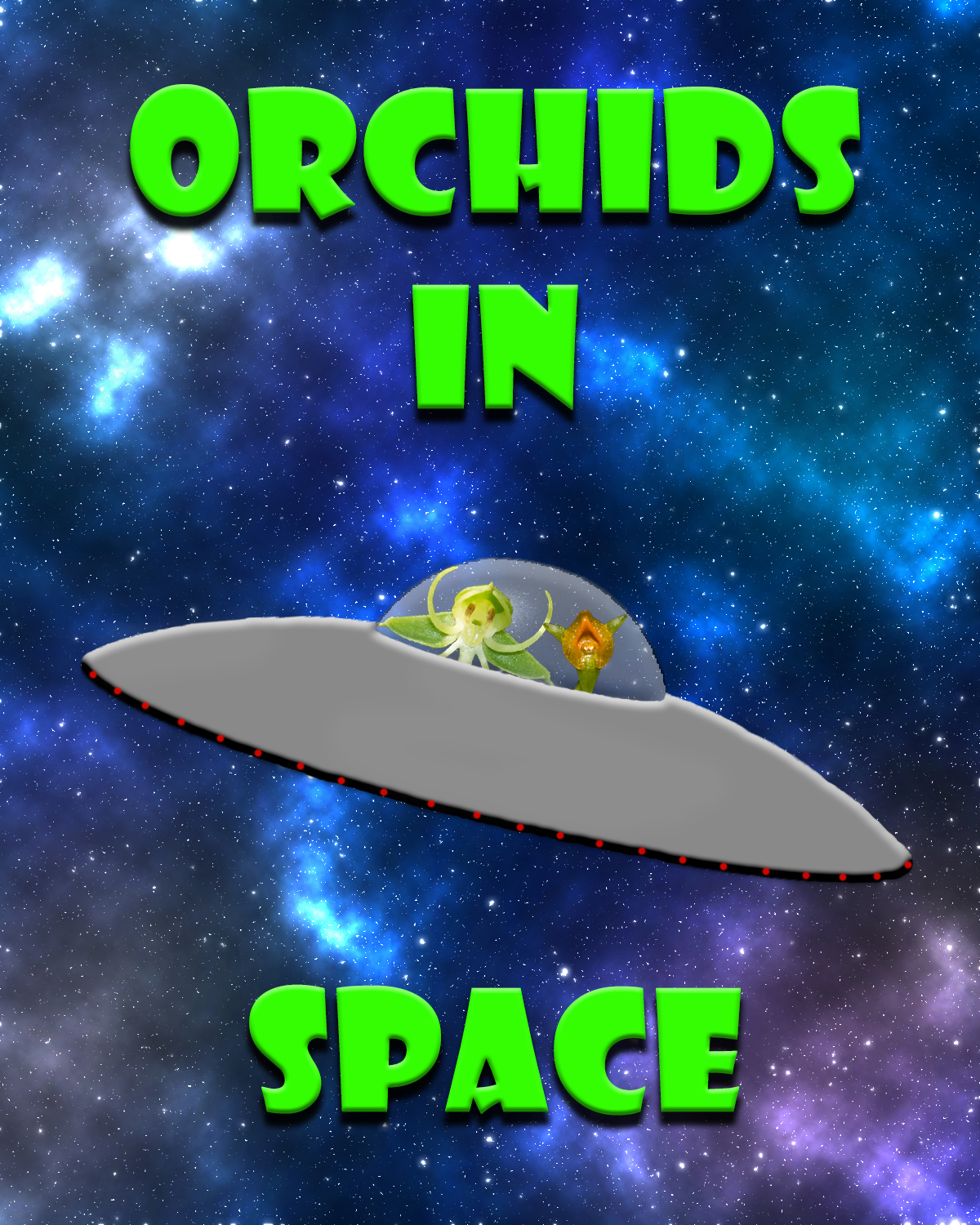
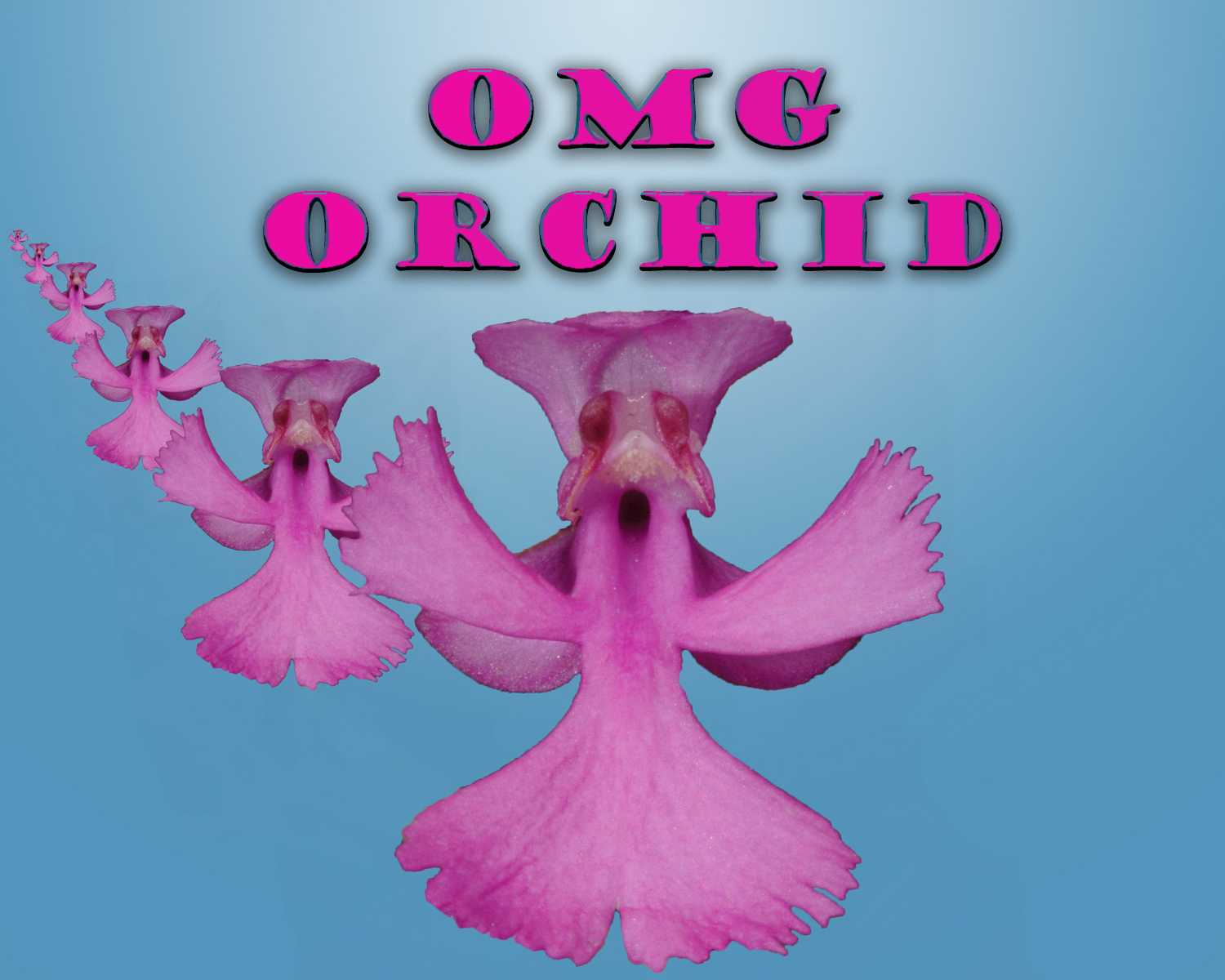
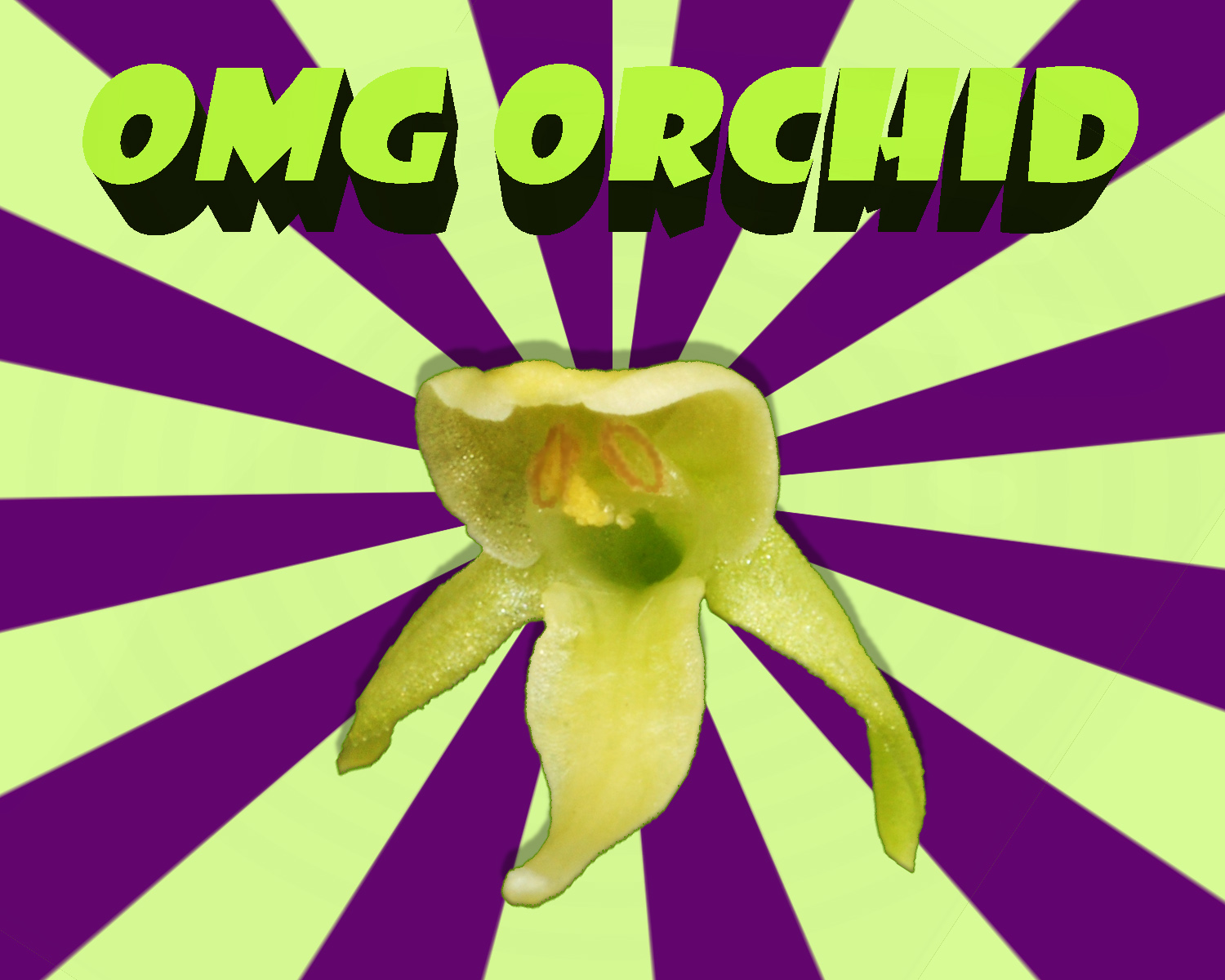
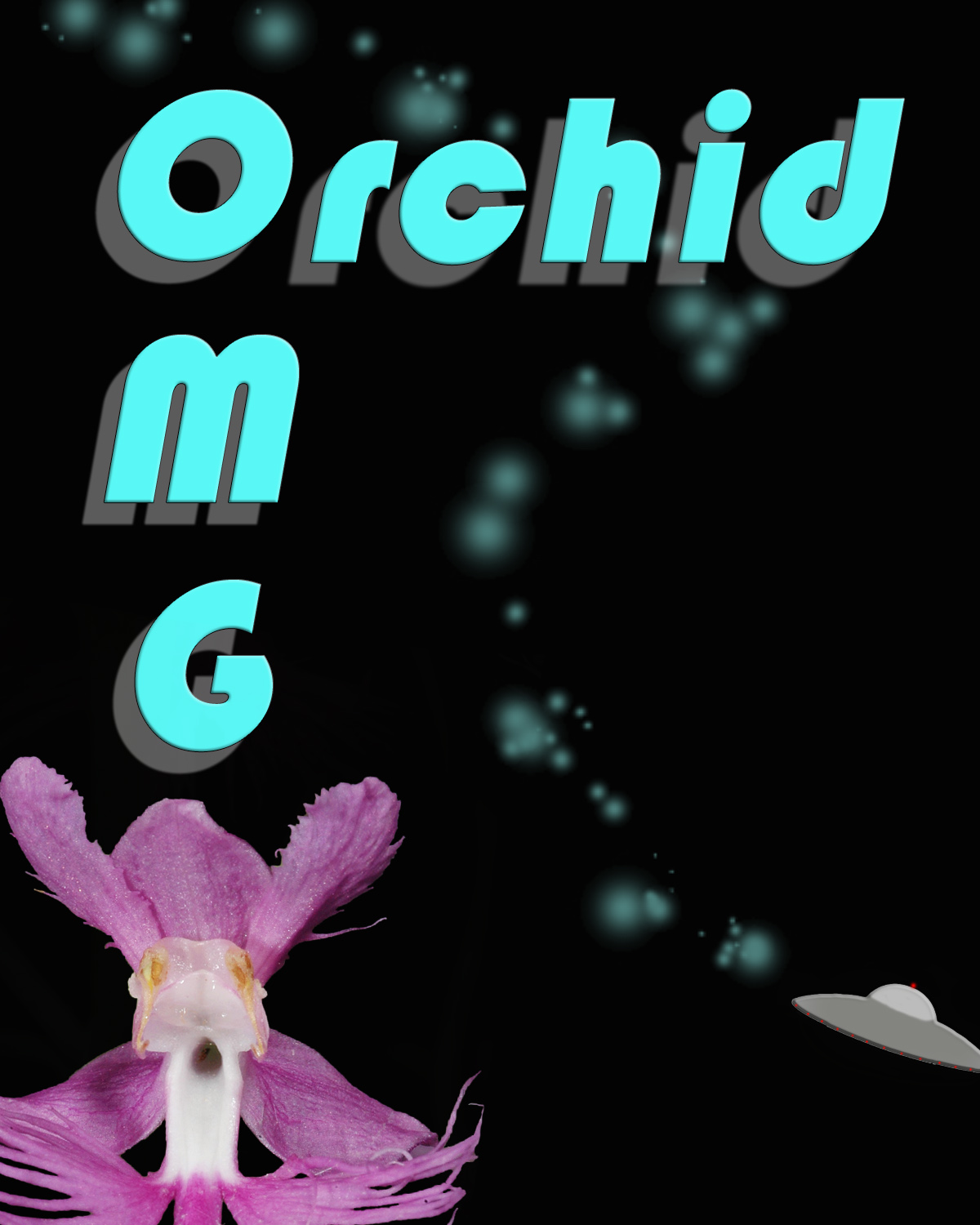
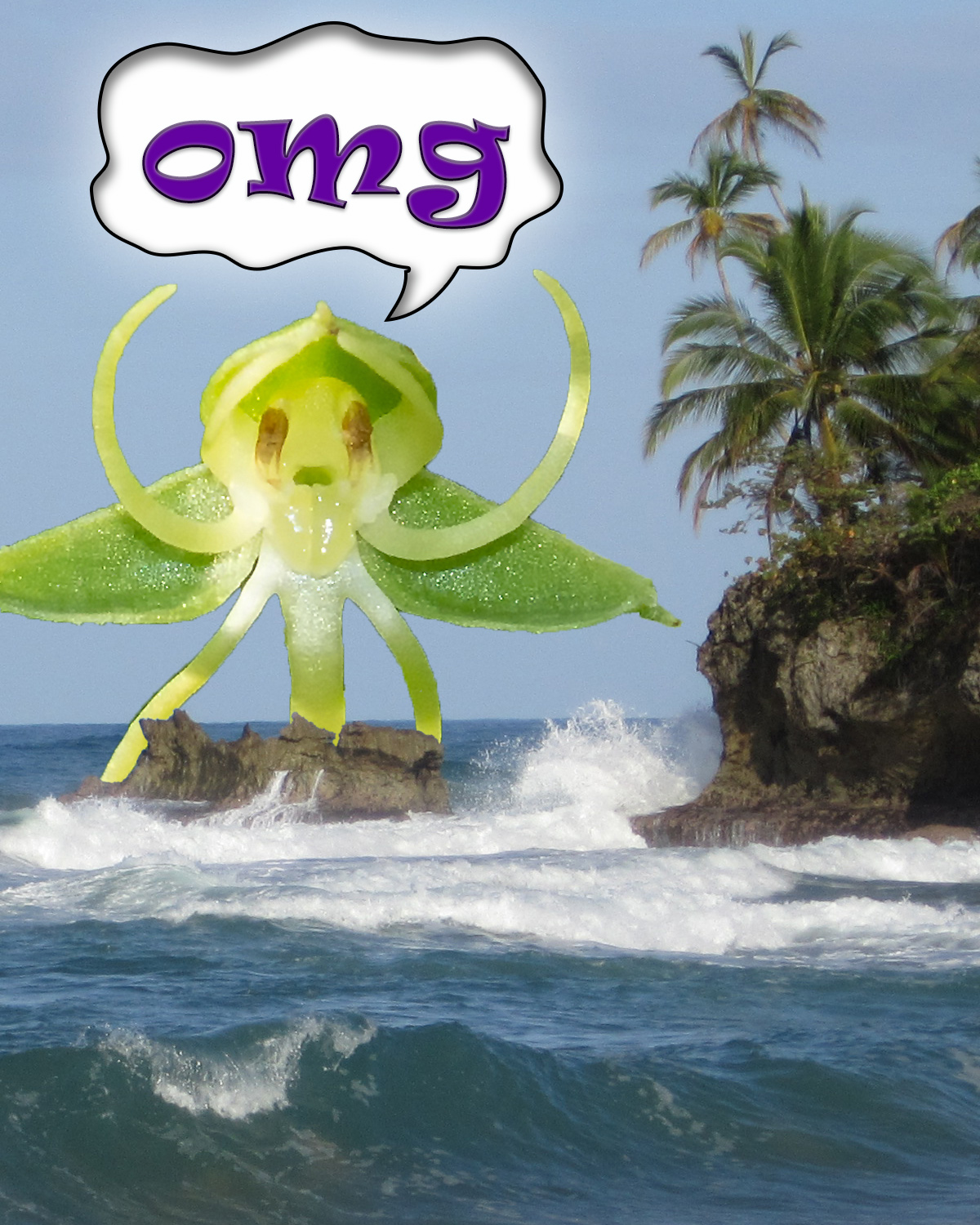
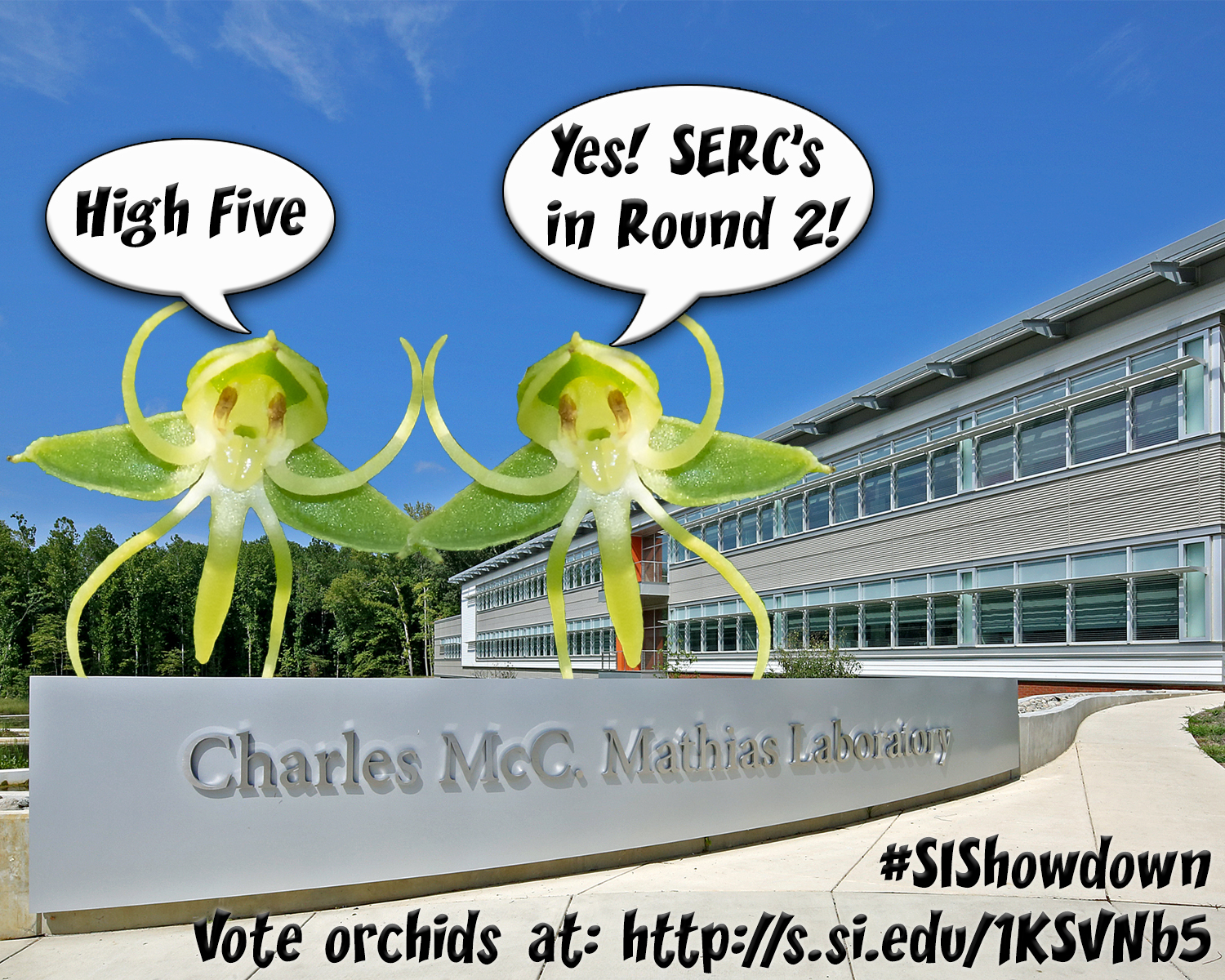
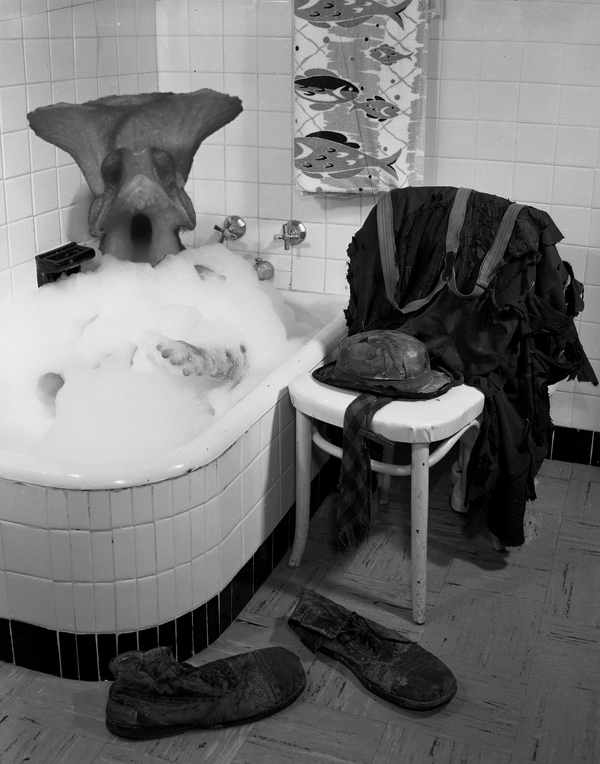
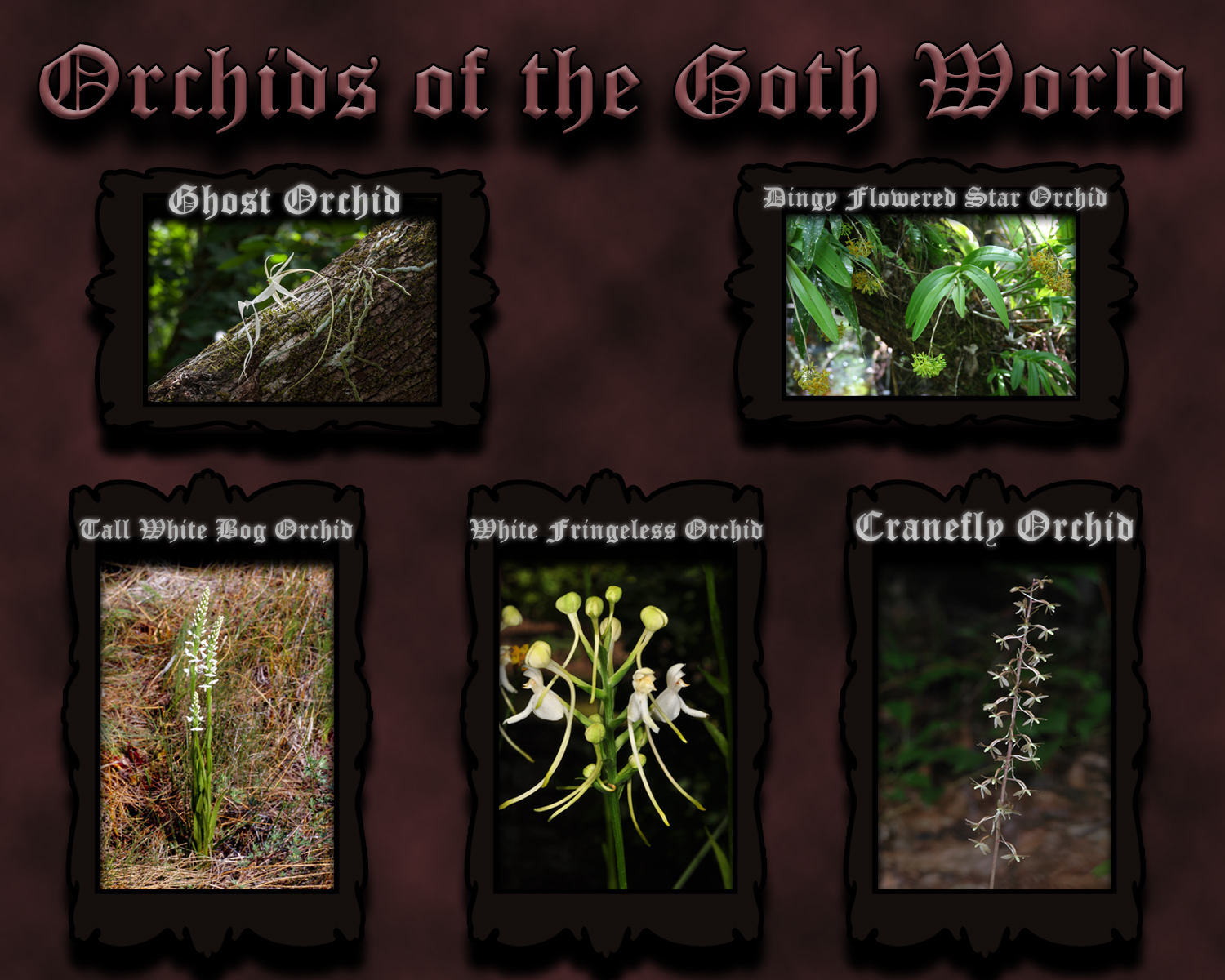

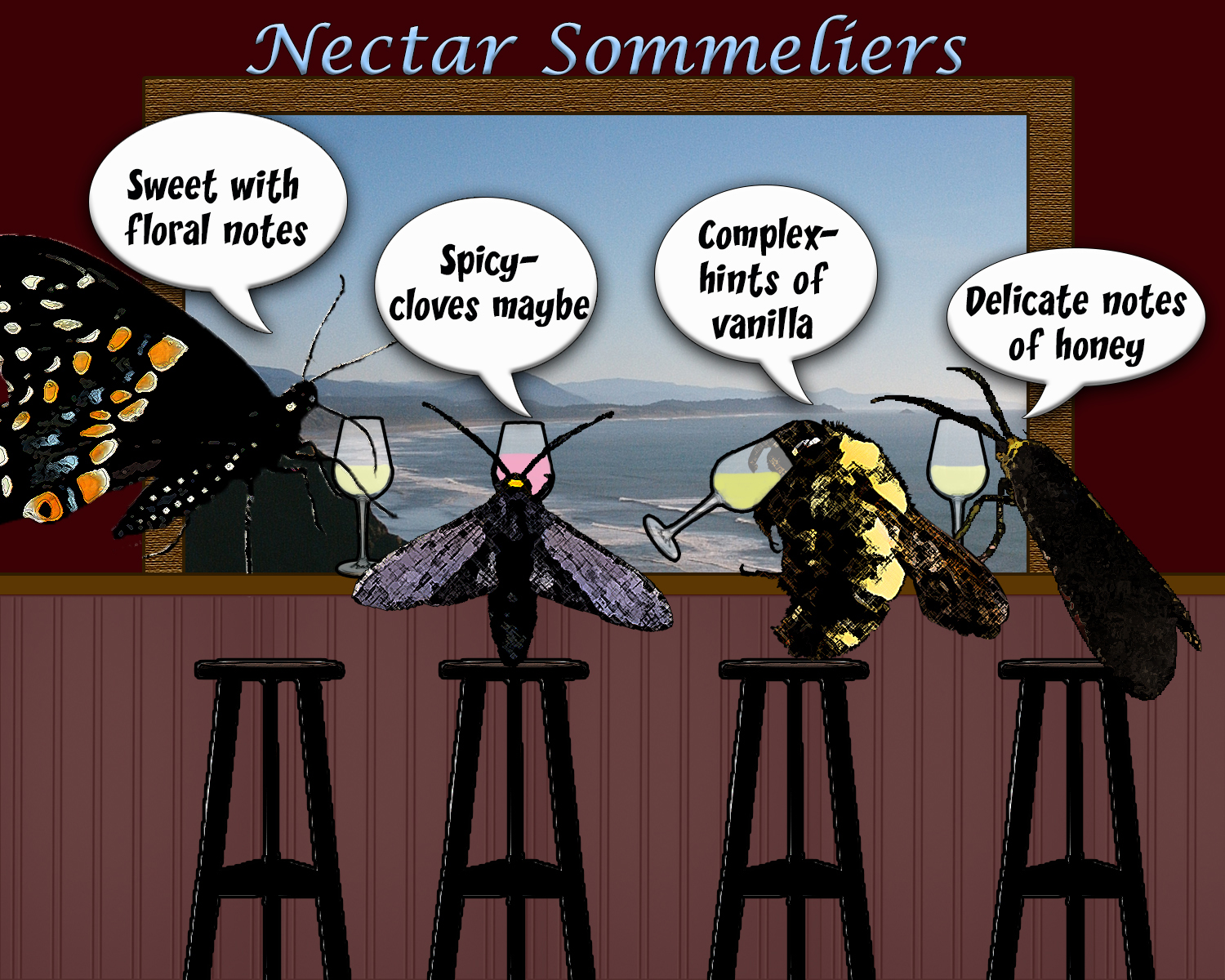
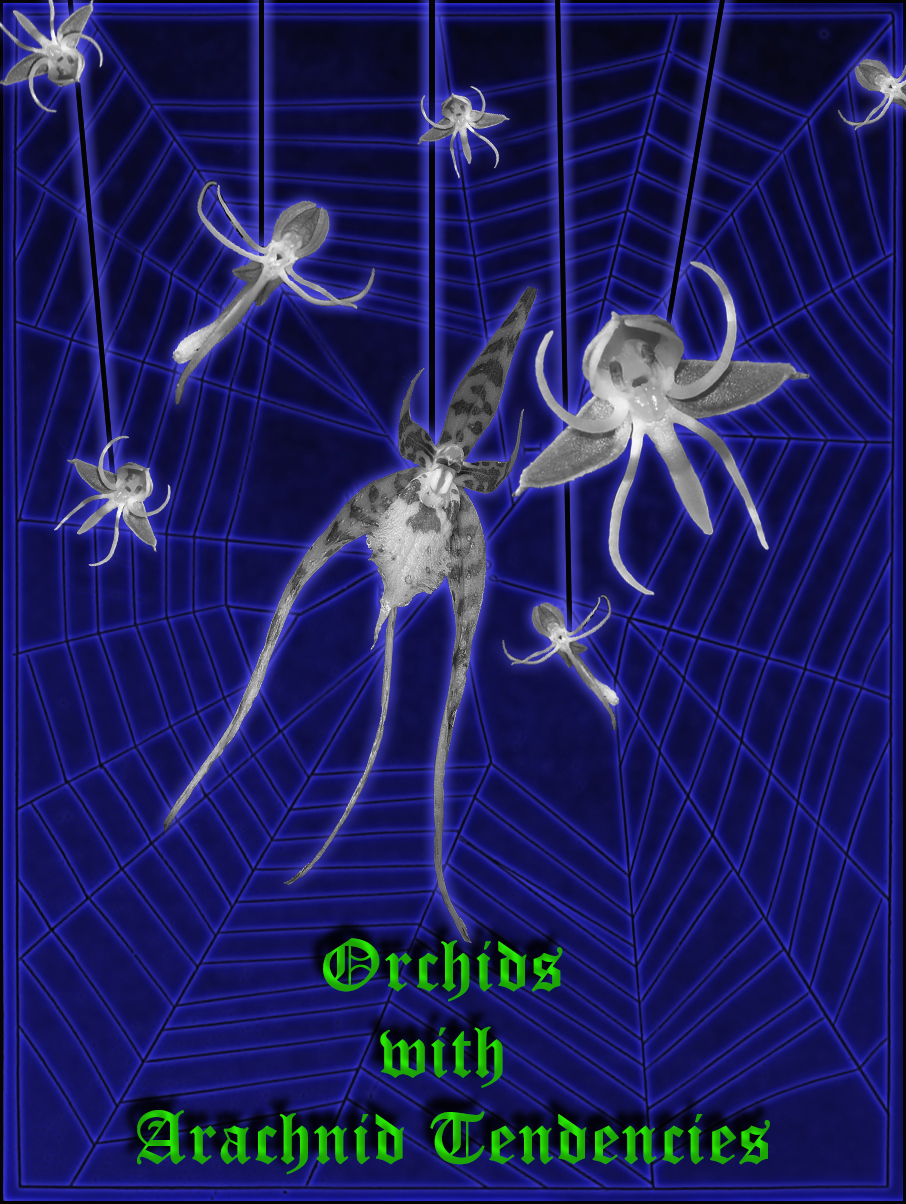
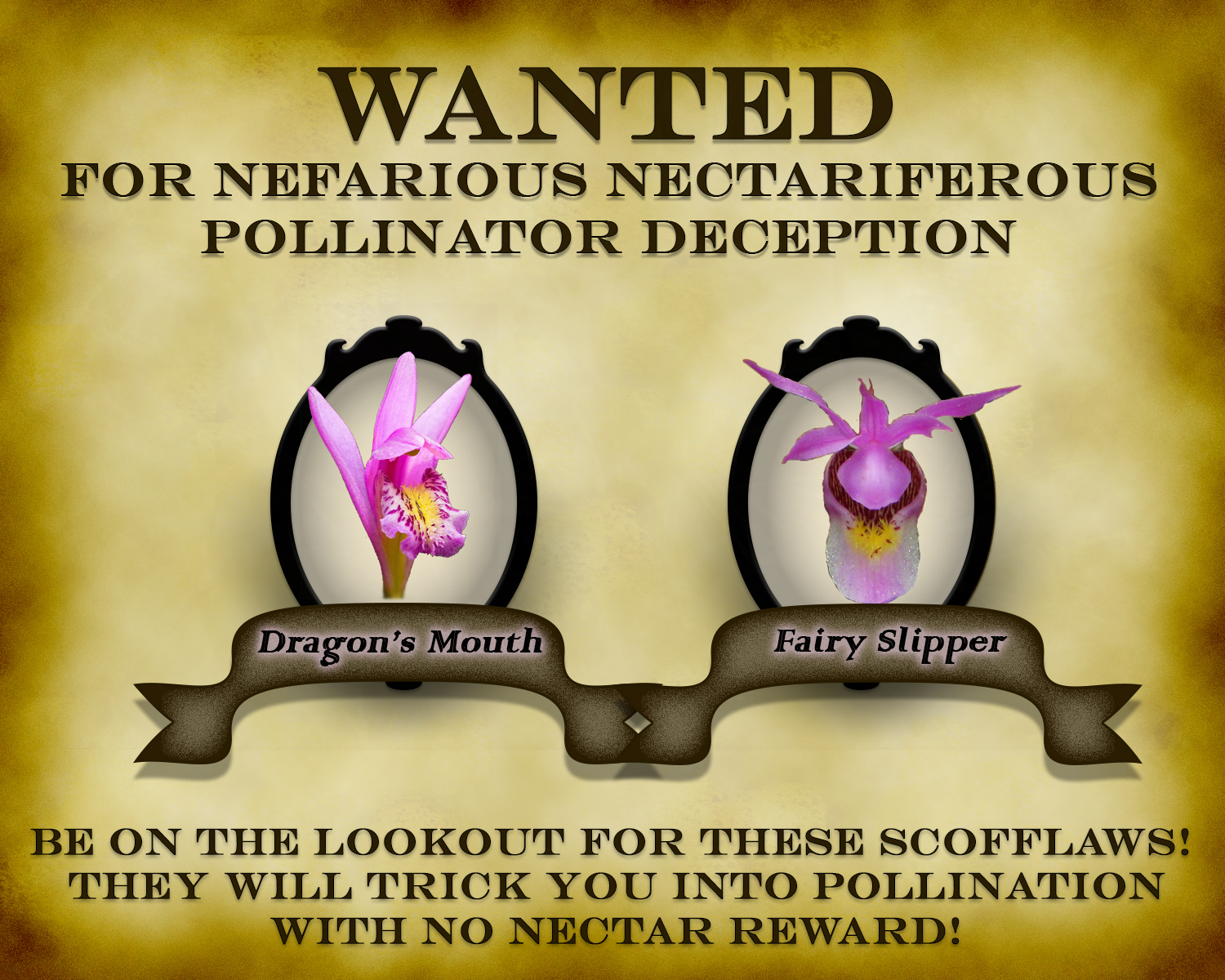
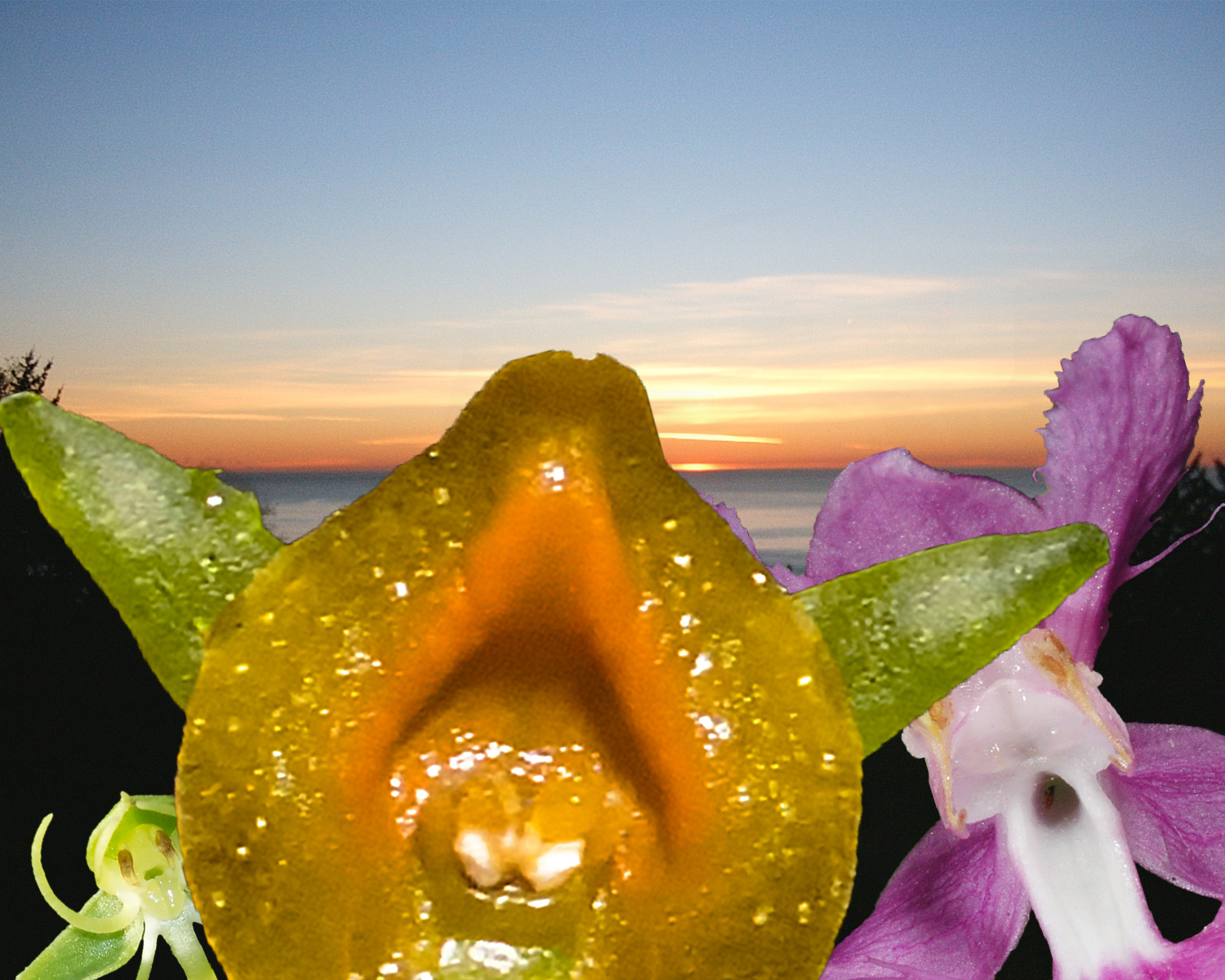
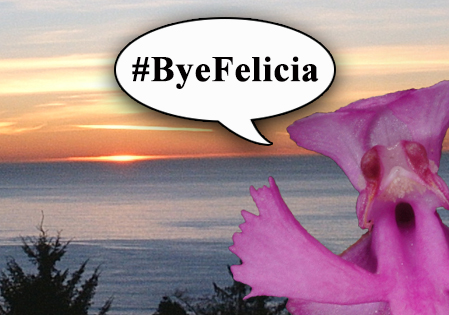

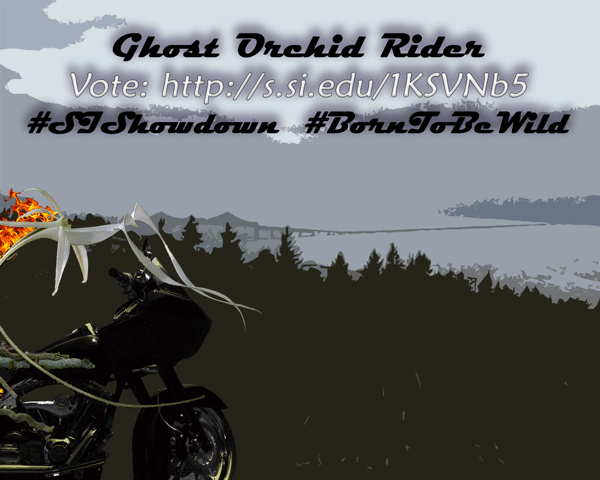

These graphics and memes were created for the Smithsonian Summer Showdown in August 2015. We entered SERC's North American Orchid Conservation Center in the Showdown and were pitted against top Smithsonian museums and units like the National Zoo, National Museum of Natural History (NMNH) and the Smithsonian-Harvard Astrological Observatory. There were seven Smithsonian units in the science category and we ranked 7th out of 7 in social media following, and in a competition that is based on social media and votes, it was a true David and Goliath endeavor. In the end, we placed 3rd out of 7 and earned serious street cred during the Twitter battles with the Zoo and NMNH!
SERC's Annual Open House Exhibit Posters - 2014
This infographic was produced for the Smithsonian Environmental Research Center's (SERC) annual Open House in 2014. While the beach, native marsh, bulkhead and riprap visualizations are based on data (species type, wave energy), the living shoreline concept is purely theoretical but based on what scientists would expect to occur in that environment. This poster was meant to inform the general public about how shoreline type affects species type, relative species presence, type of fish and macroinvertebrate (e.g. blue crab, grass shrimp) predators and prey, vegetation presence and relative water depth in each environment in the Chesapeake Bay. Data from five institutions (SERC, Virginia Institute of Marine Science, Maryland DNR, UMCES, USGS) awarded a NOAA grant addressing multiple stressors in the Chesapeake Bay was used to create this poster.
This infographic was produced for the Smithsonian Environmental Research Center's (SERC) annual Open House in 2014. Data from my 2012 jellyfish, or Sea Nettle (Chrysaora quinquecirrha), experiment was used to generate this poster and was meant to inform the general public about how shoreline type affects jellyfish polyp settlement and overwinter survival relative to its historically preferred hard substrate habitat, oyster shell. My study was funded by a NOAA grant addressing the affects of multiple stressors on the Chesapeake Bay.
